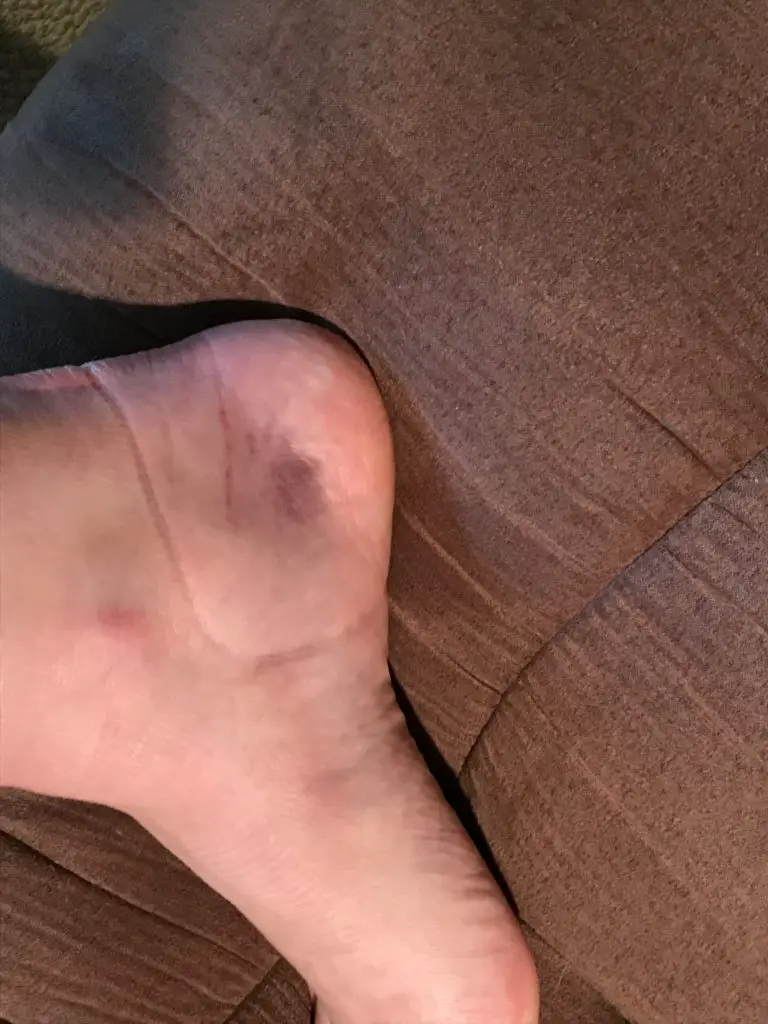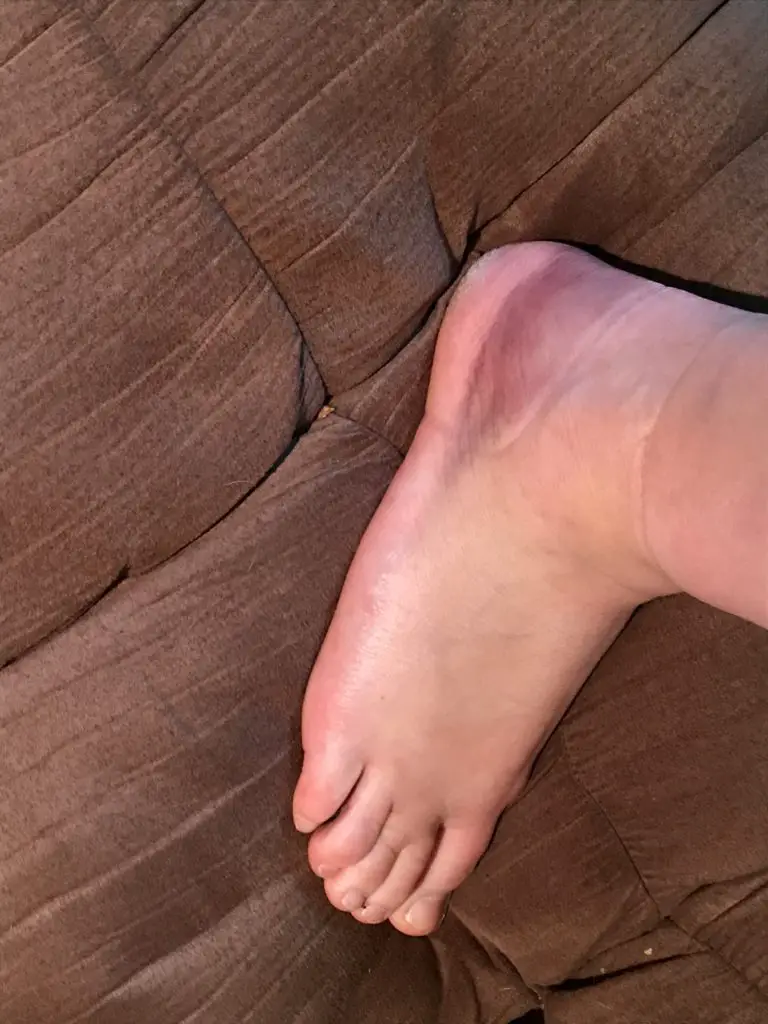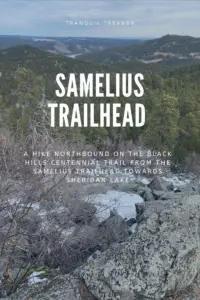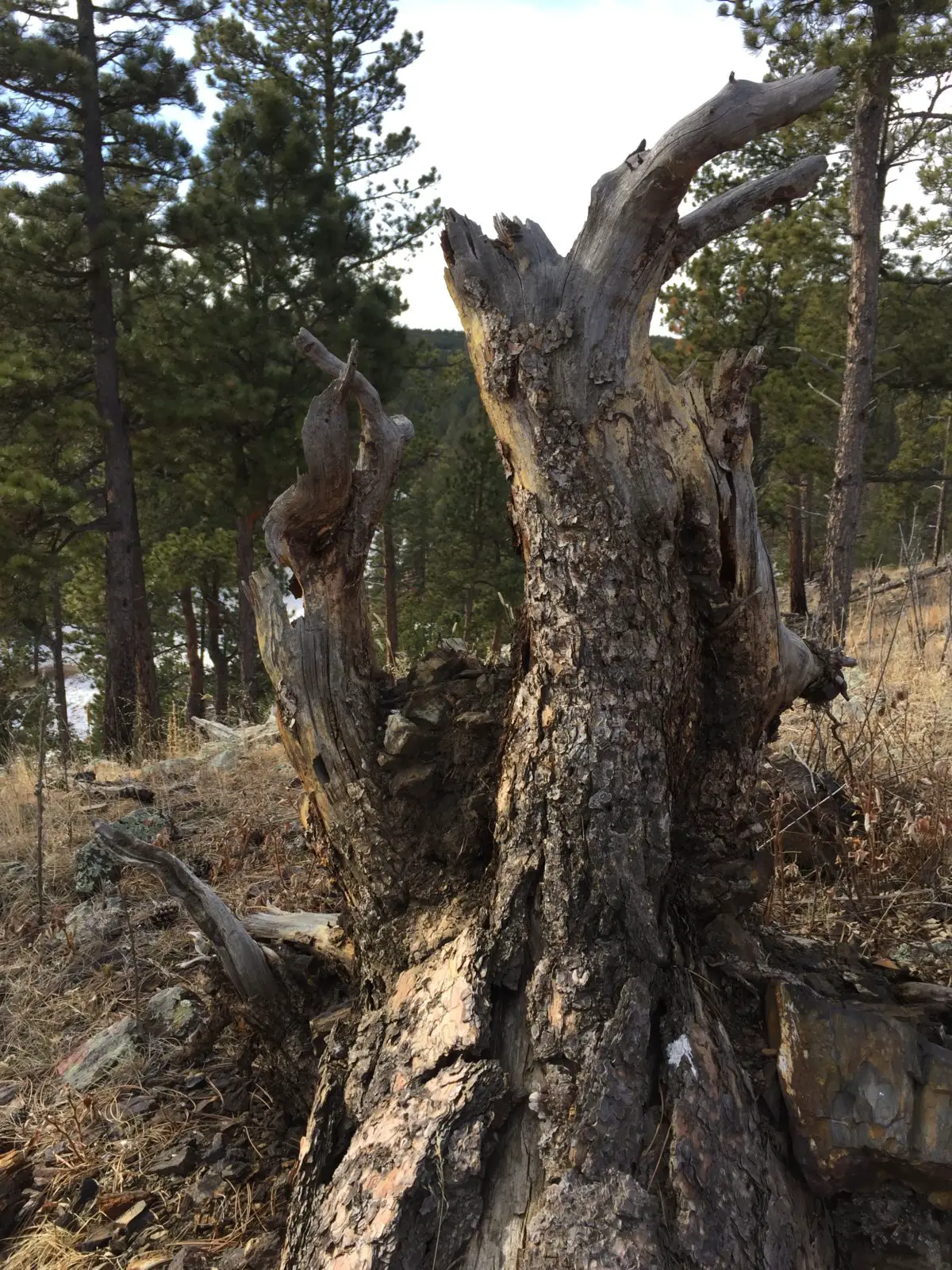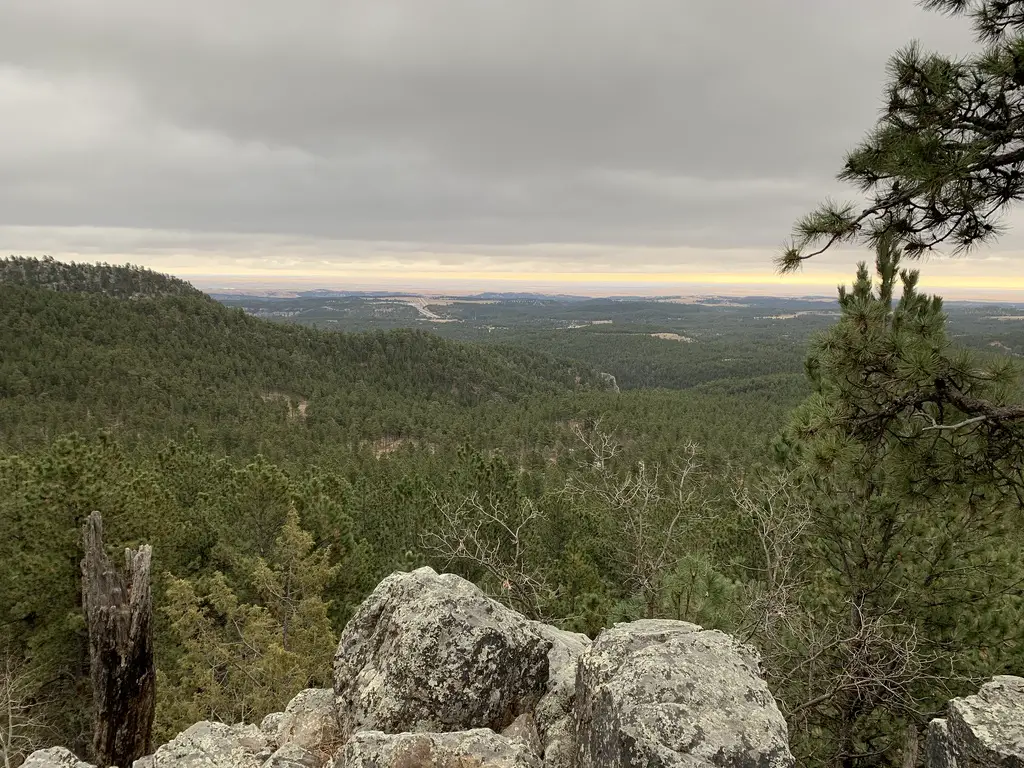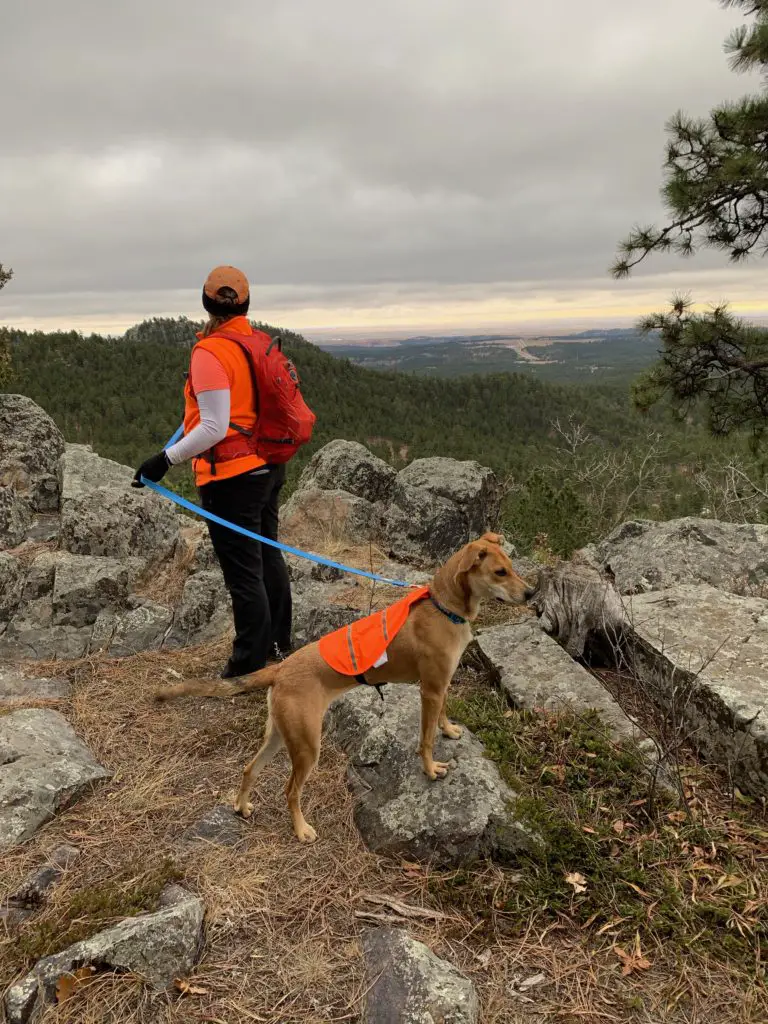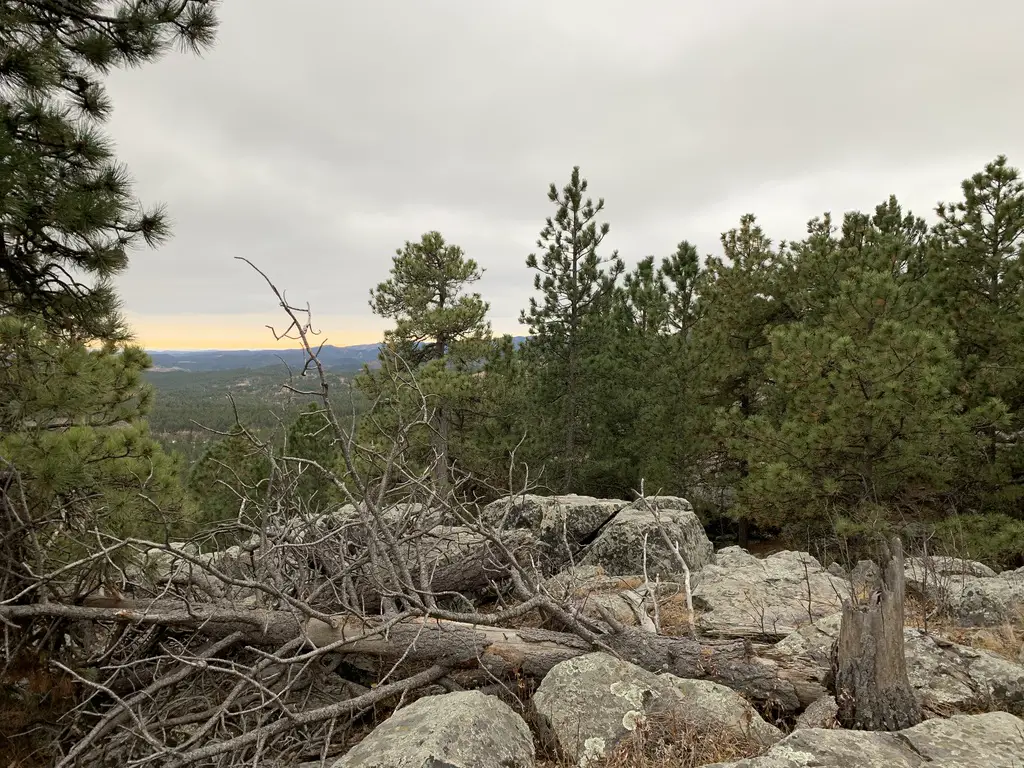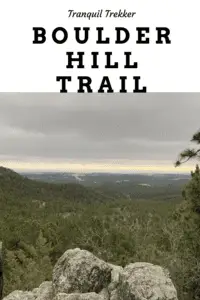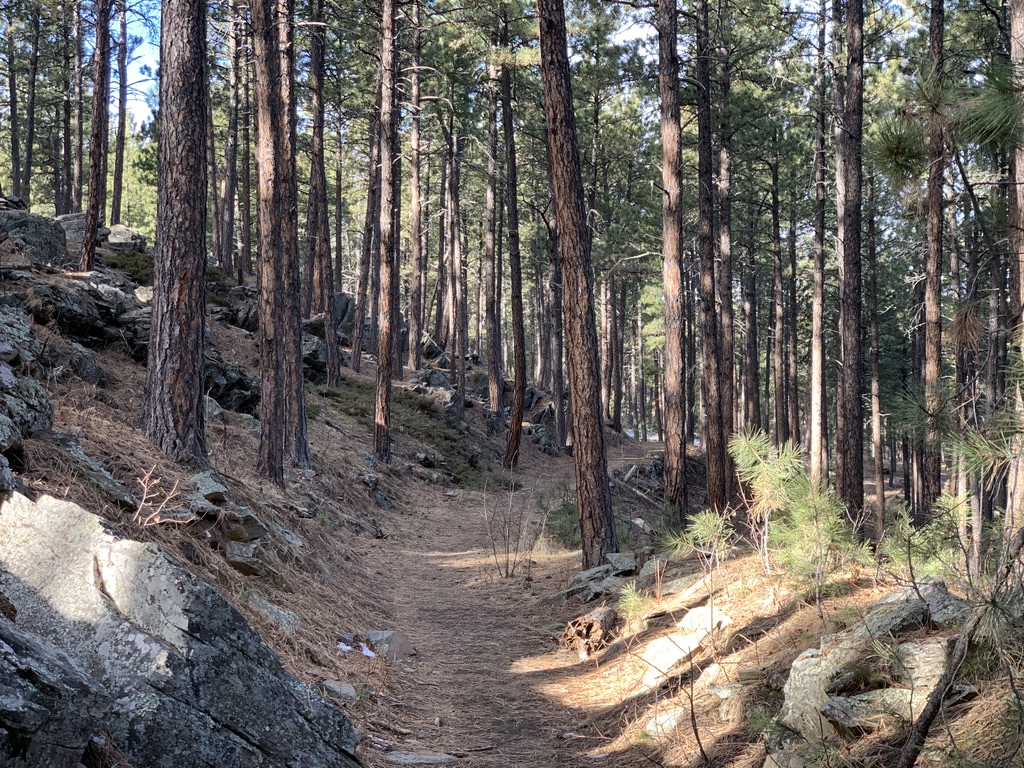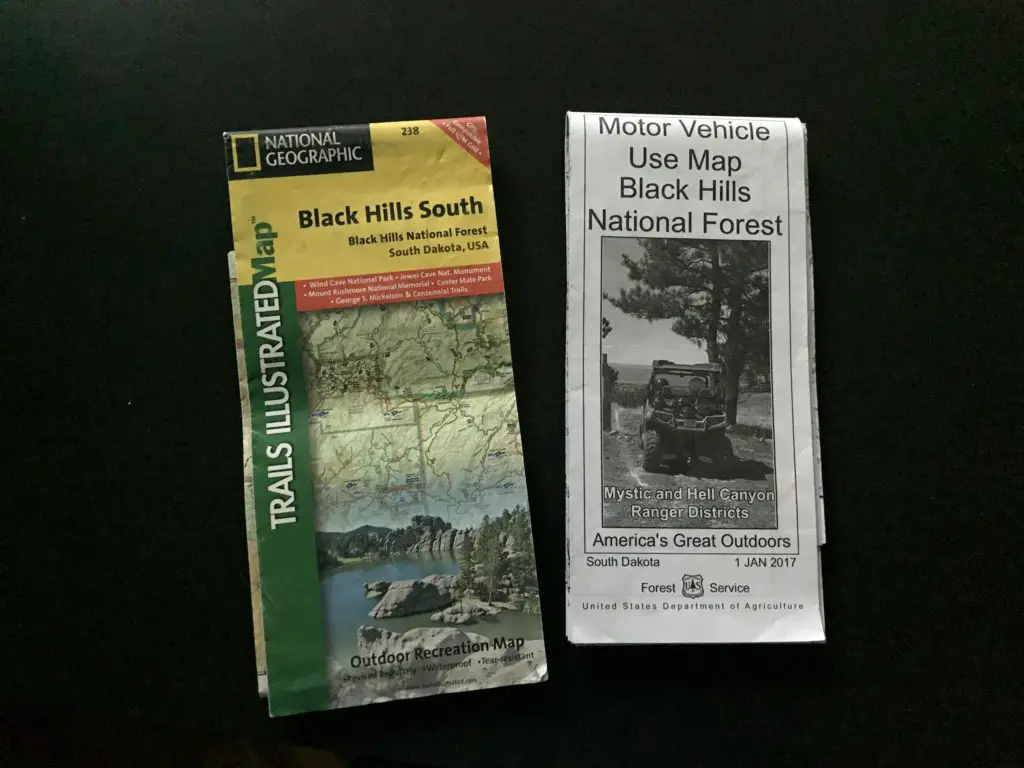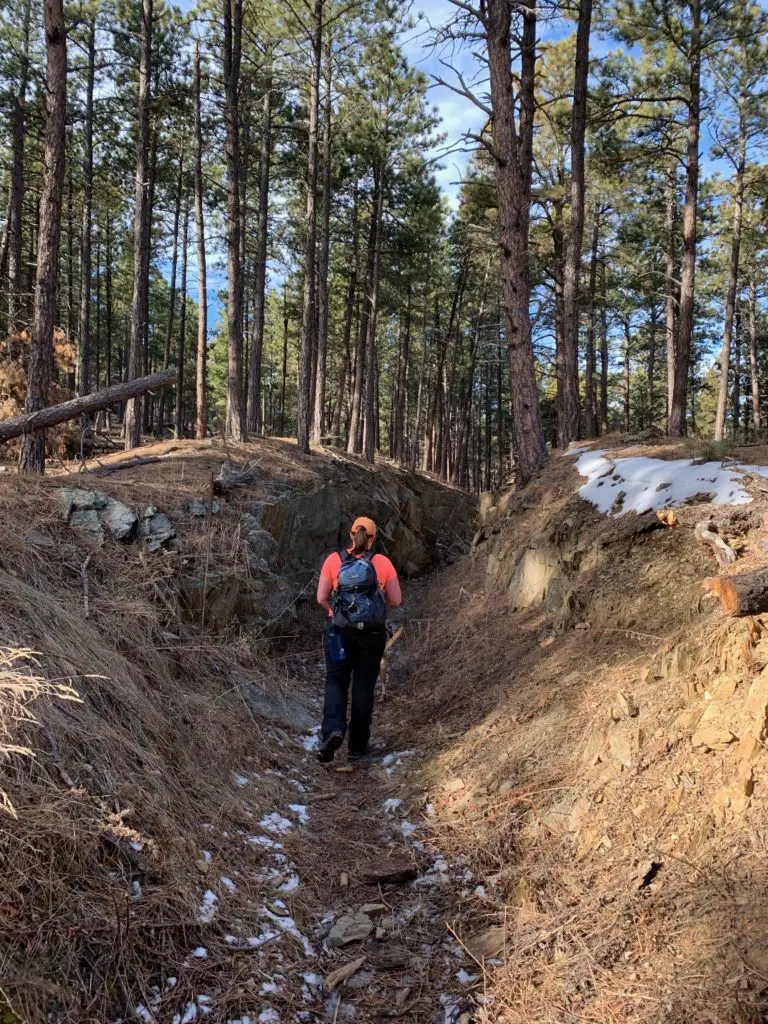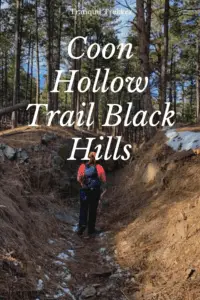After almost a decade of living in the Black Hills….and after camping ALL OVER the rest of the US…the Trekkers finally camped…IN THE BLACK HILLS! 😁 (Mr. Trekker did camp near Pactola Lake on a trip with another friend in 2005, he enjoyed it then too!)
One benefit to COVID was that it offered us an opportunity to stick closer to home and check some items off our Black Hills Bucket List!
Castle Peak Campground
We camped at the Castle Peak campground, which is a National Forest Service camp in the western Black Hills of South Dakota. It is located on Castle Peak Road about 10 miles northwest of Deerfield Lake. You can access the campground from both Rochford Road and Mystic Road (if you go in from Rochford Road you won’t have to be on the rutted, dirt road as long).
I’ve waxed lyrical before about our love of National Forest campgrounds. As always though, I try to warn people that while these types of camps are usually in BEAUTIFUL locations, and you’ll often see more wildlife, they also tend to be more remote, so they can be difficult to reach. Also, they usually only offer sparse accommodations. In this case, the campground didn’t even have potable water available. It provided only a vault toilet, along with fire rings and picnic tables at the campsites.
The campsites here were lovely, sun-dappled spots amongst the tall pine trees. These reminded both of us of our time spent in the Redwoods in the northwest. They were large, most were shaded and they sat right along Castle Creek, which meant we got to fall asleep with the sound of flowing water nearby.
This was similar to the campsite we had in Marble, Colorado on our road trip in 2018. The area was green and lush, which unfortunately meant the mosquitoes were far worse than they’d been in the rest of the Black Hills that summer. You all know how much I love mosquitoes. 😝
While sitting next to the flowing creek, I couldn’t help but wax poetic a bit, as well 😉:
The creek keeps flowing
never-ending, always constant.
It ignores us entirely.
It is humbling, the little concern that Nature gives us.
It doesn’t actively seek to harm us but it doesn’t help us either.
It just IS, and we exist within It…
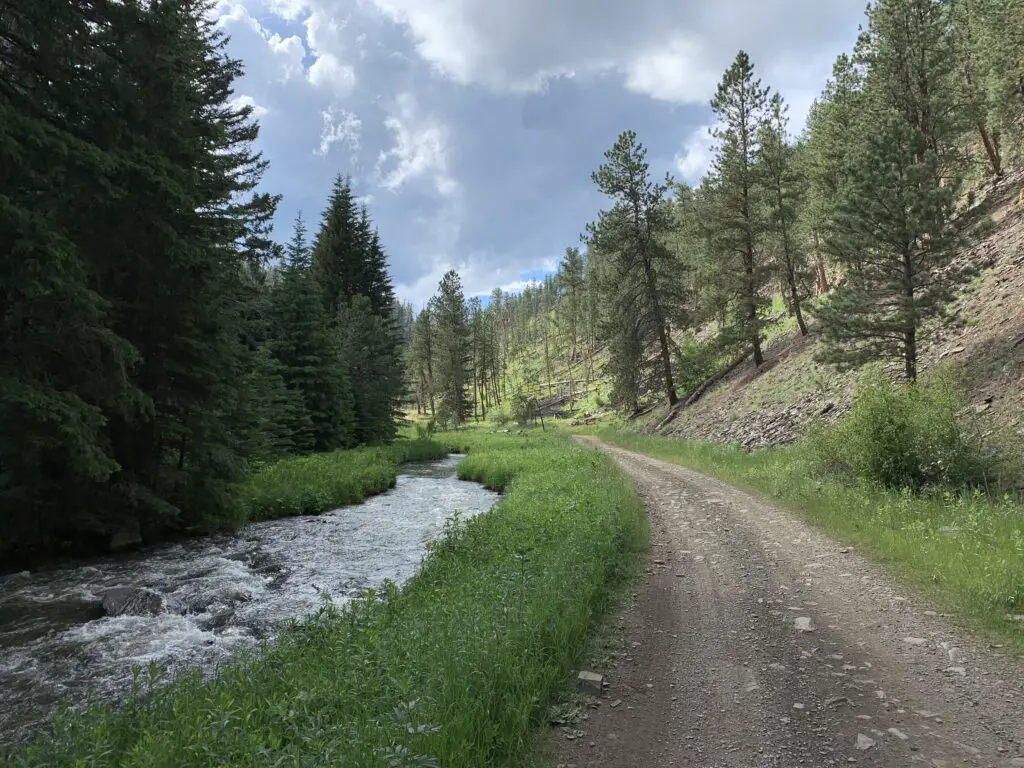
Campsites at Castle Peak Campground
The campground was in a canyon, so it didn’t offer the greatest of views. There were also only around 10 first-come-first-serve campsites, so a spot is not guaranteed. This camp also requires a lengthy trip down a rutted, dirt road to access.
That particular weekend wouldn’t have been a problem as the weather was dry. We had the 4×4 truck, but we could have made the trip in my CRV easily enough. A typical passenger car could manage this road in good conditions (we saw several over the weekend) but you should definitely take it easy. In snowy or muddy conditions, a 4WD with high clearance may be required. The biggest issue with this is you may drive to your campsite on a dry road and have to drive out in mud after a night of rain.
As I’ve mentioned previously, this area is in the higher altitudes of the Black Hills, so it’s a great place to go when the weather is supposed to be hot in the lower elevations. That and sunny-weather days are part of the reason we chose to camp on this particular weekend.
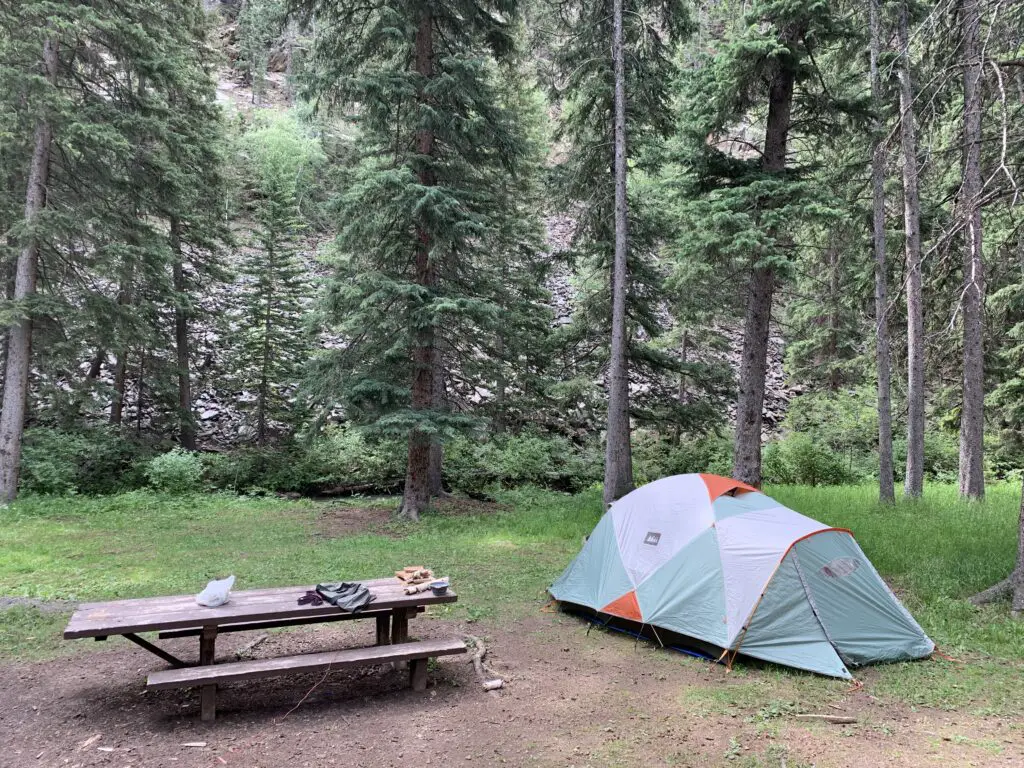
I’ve also mentioned that this area is a great place to find Christmas trees in the Black Hills. Other than that and canoeing on the lake, however, we haven’t spent much time up here. It was fun getting a chance to toodle around some of the roads that we usually only see when snow-covered.
Castle Peak and Flag Mountain Fire Lookouts
We were able to visit the remains of two fire towers, one on Castle Peak, the other on Flag Mountain. We hadn’t realized either were there. You can drive to the top of both, though the last half-mile or so to Castle Peak requires a jaunt up a STEEP and ROCKY road.
We took the advice of our campground neighbors and parked the truck in the grassy area at the base of the steep portion of the road and hiked the remainder of the way (Puppers approved of this option!) Flag Mountain was an easier drive on a dirt, forest road, almost to the base of the tower, and only required us to ascend some rock steps to reach it.
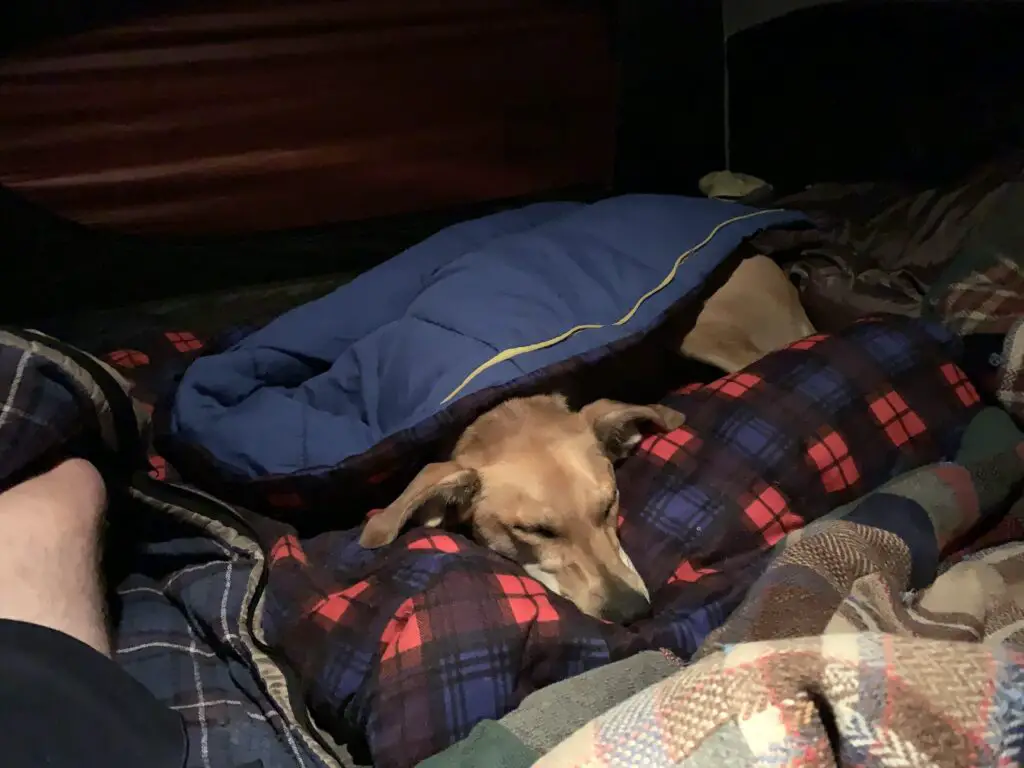
At Castle Peak, there are only a few remains of the fire tower’s foundation. On Flag Mountain, much of the rock base remains. Beautiful, 360-degree views were offered from both, though we found Flag Mountain to be the most striking.
It was a clear day and you could see all the way from Terry Peak, in the northern Hills, to Black Elk Peak, which is situated in Custer State Park. That granite bank of rock was especially striking and majestic. The green of the Hills and high prairie that stretches to the horizon contrasted perfectly with the blue of the sky (and the puffy white clouds it contained).
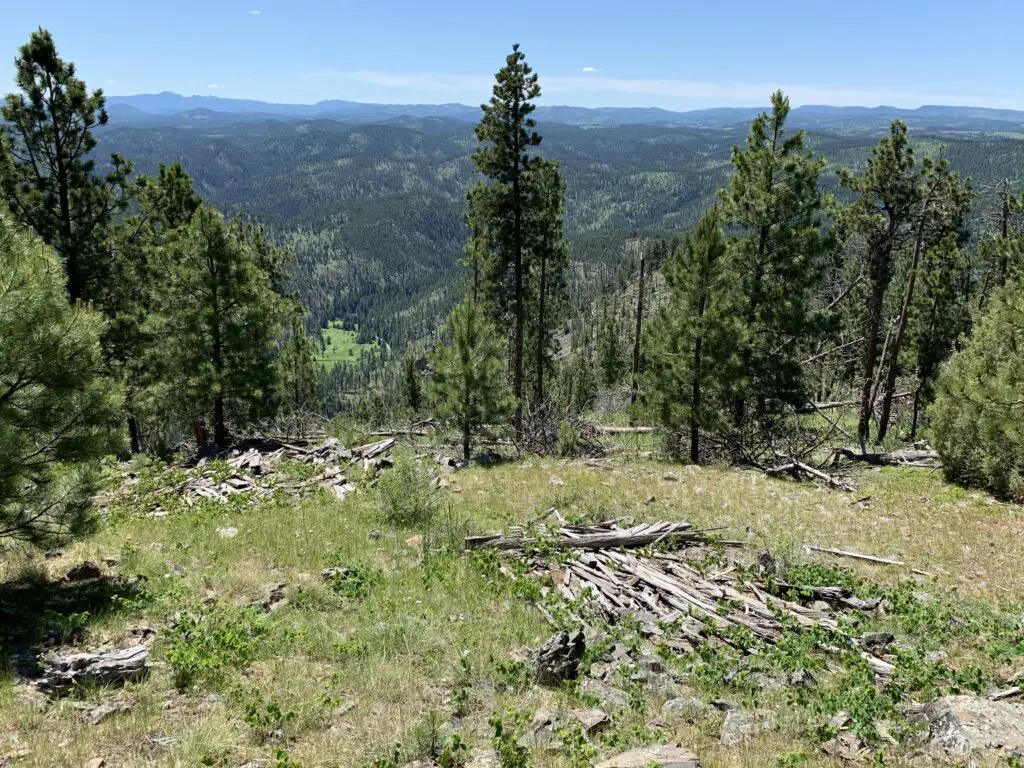
This little mini-trip was a good reset for me. Life had been pretty stressful at the time and it was good to be refreshed by nature!
A few more pictures from our weekend:
From the top of Flag Mountain:
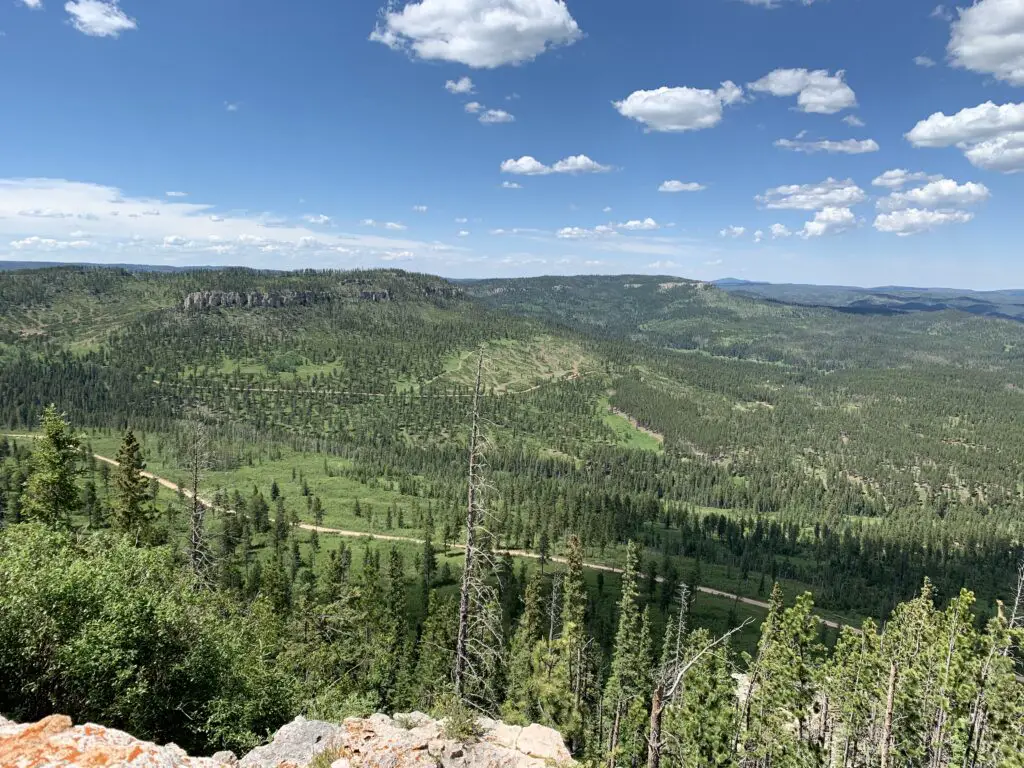
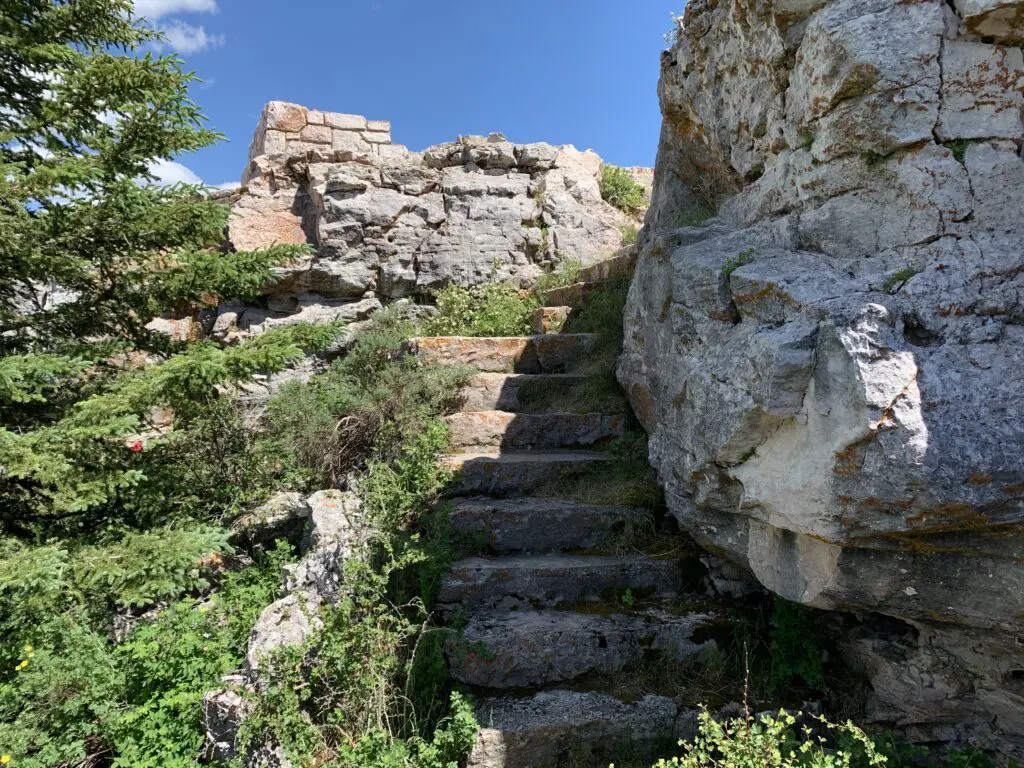
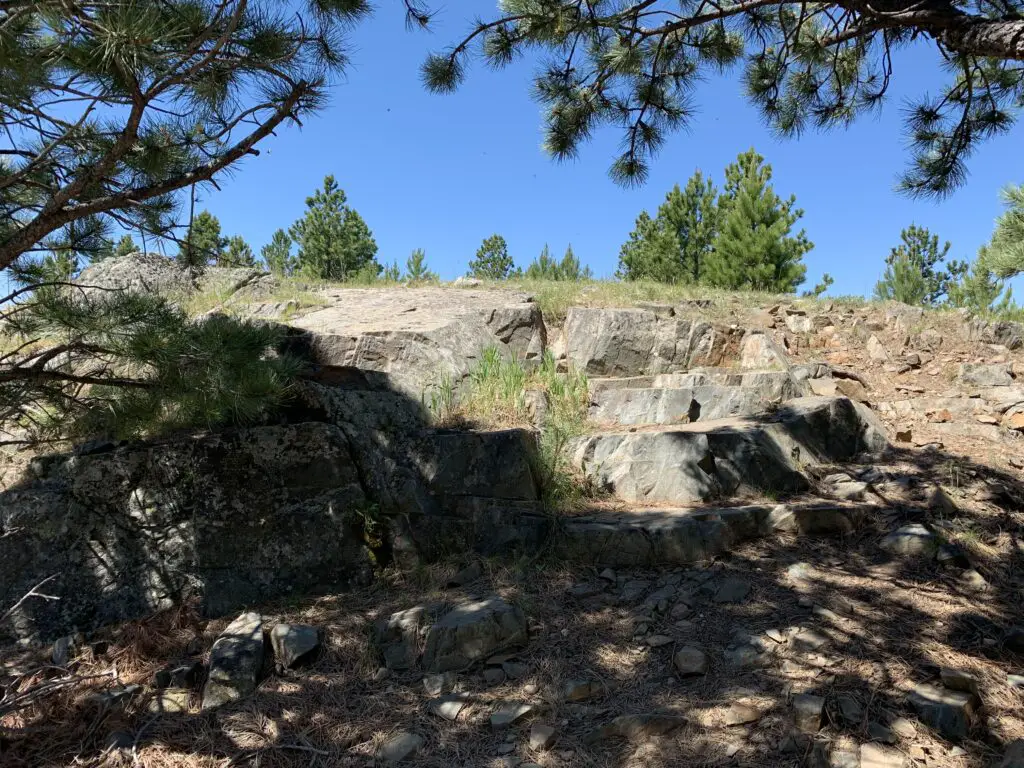
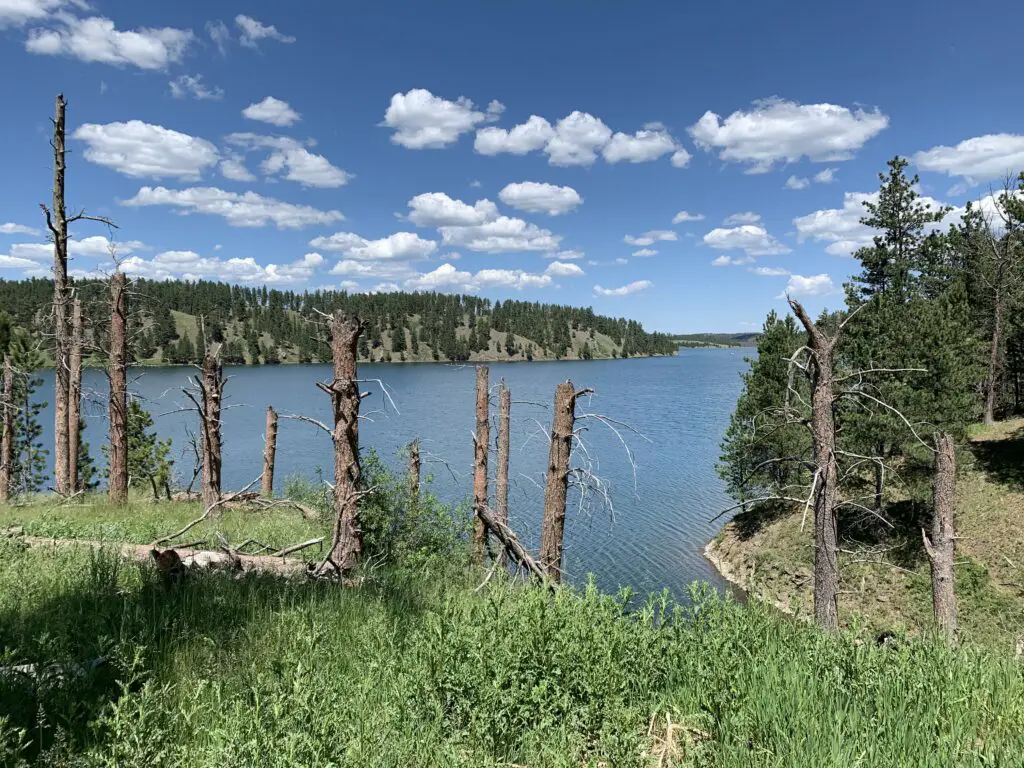
If you’re looking for a quiet place to camp in the Black Hills, near Deerfield Lake, check out the Castle Peak campground!
Have you ever been to this campground, Castle Peak itself, or the Flag Mountain fire tower? Tell me about it in the comments!
Did you enjoy reading this post? Pin it!
Like what you read here today? Please feel free to leave a comment, like or share this post! Add your email at the bottom of the page, or the sidebar to the right, to be notified when a new post is published. By signing up for the email list, you will also receive a free copy of the Tranquil Trekker’s Top 10 Tips of Trekking Do’s and Don’ts!
You can also follow the blog on social media by clicking the links below!
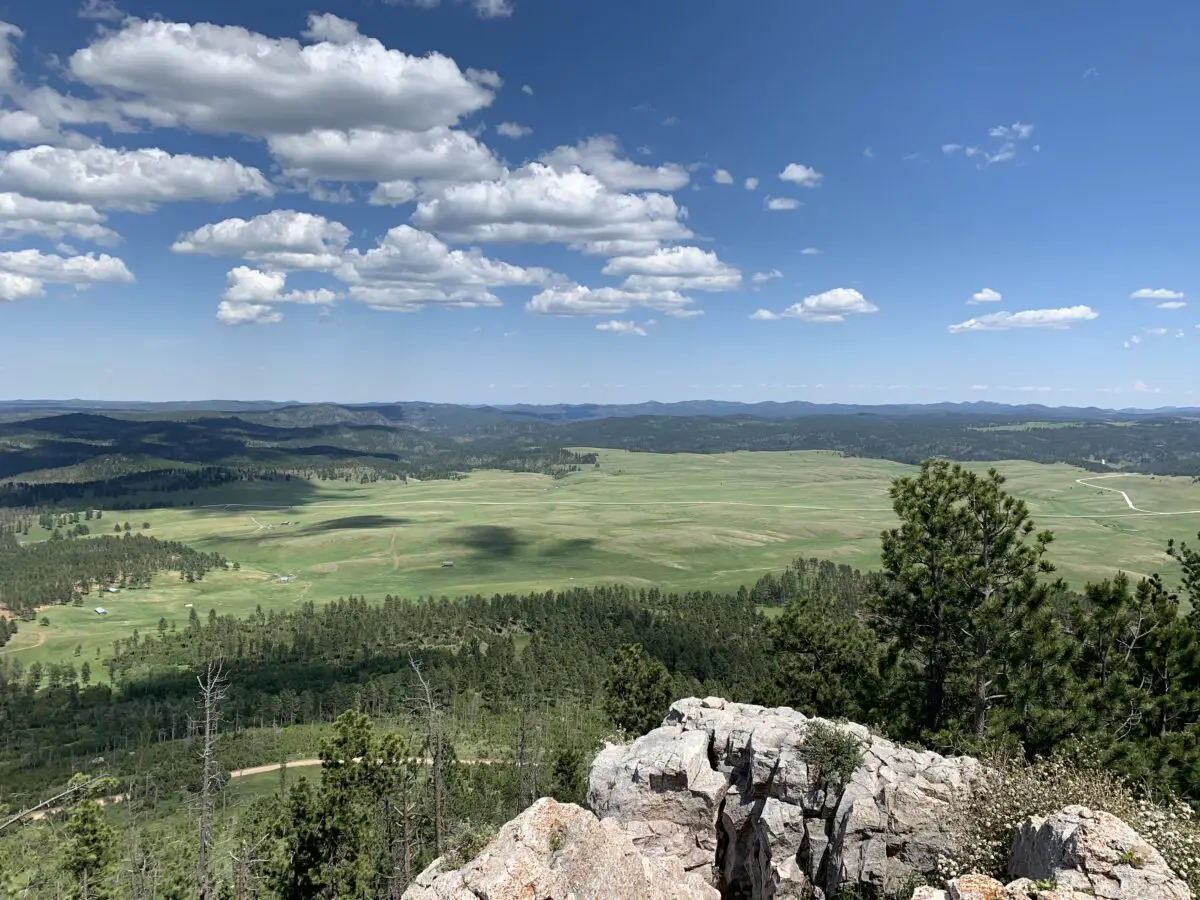
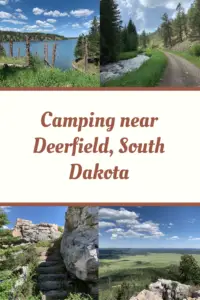
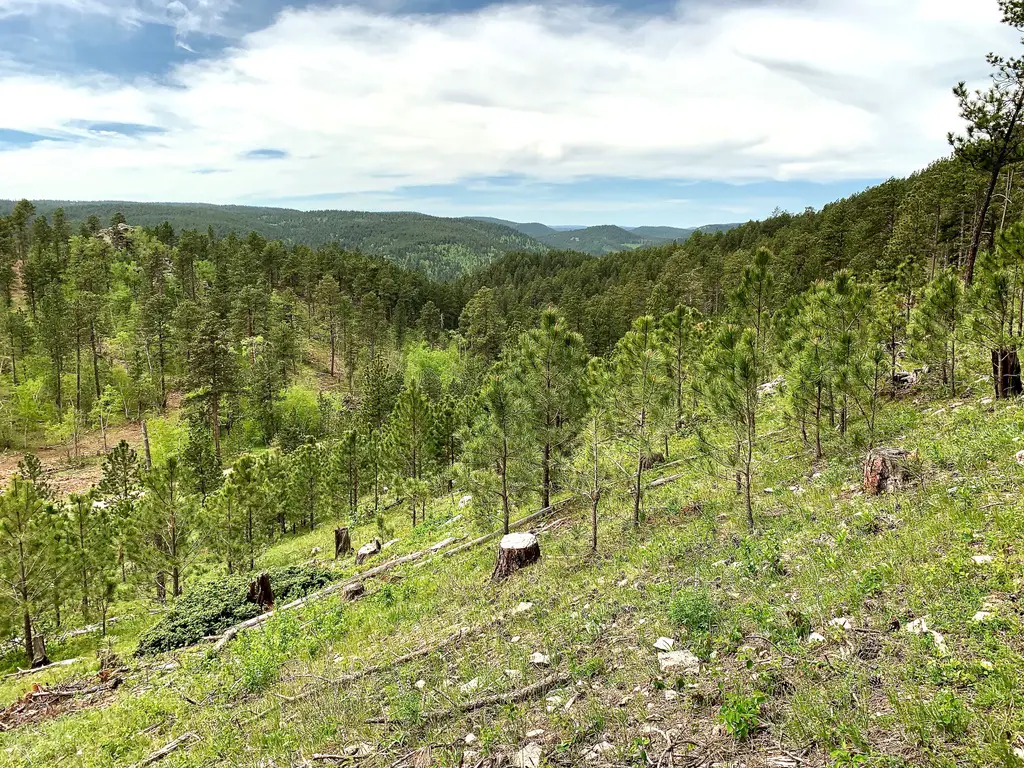
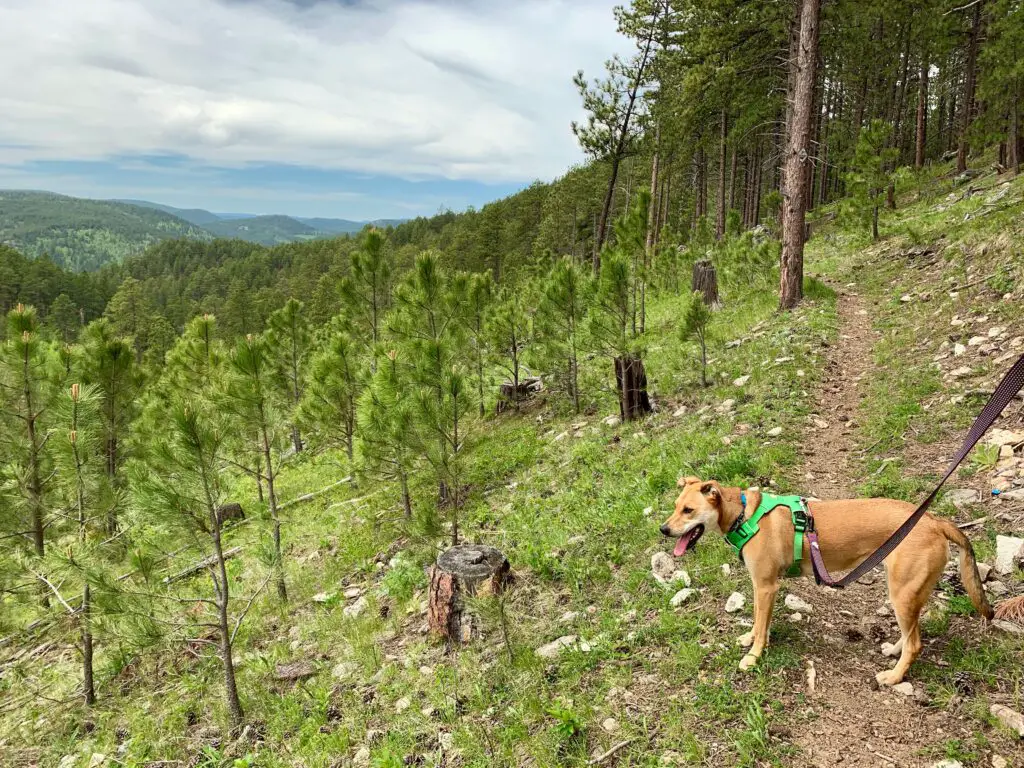
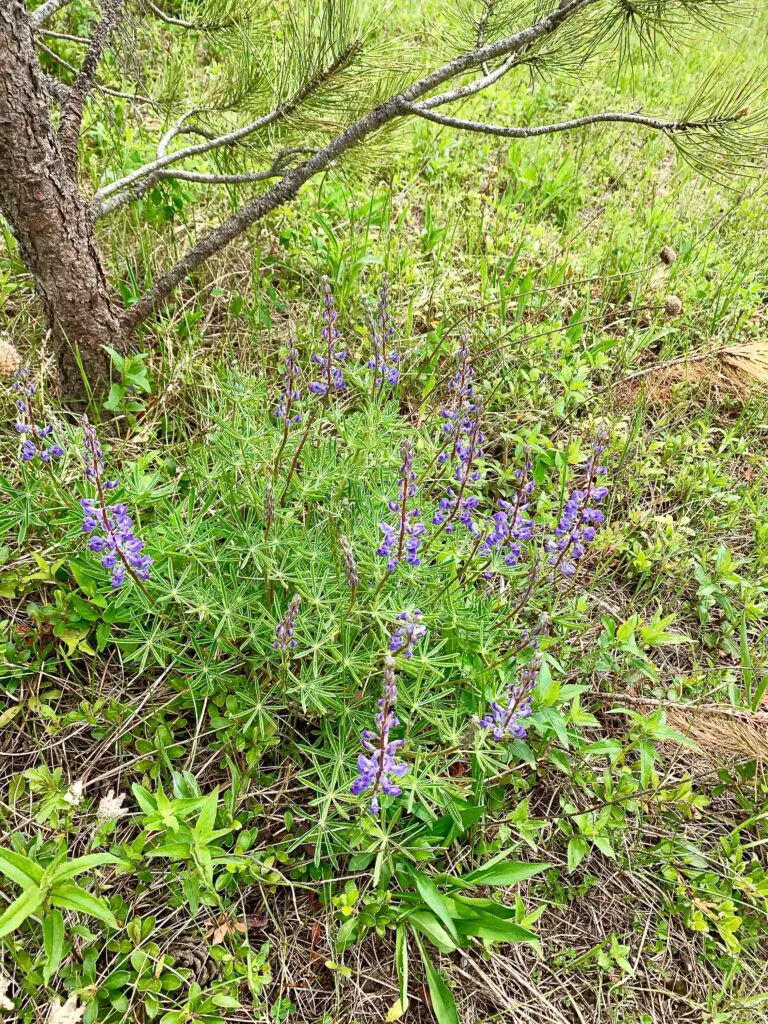
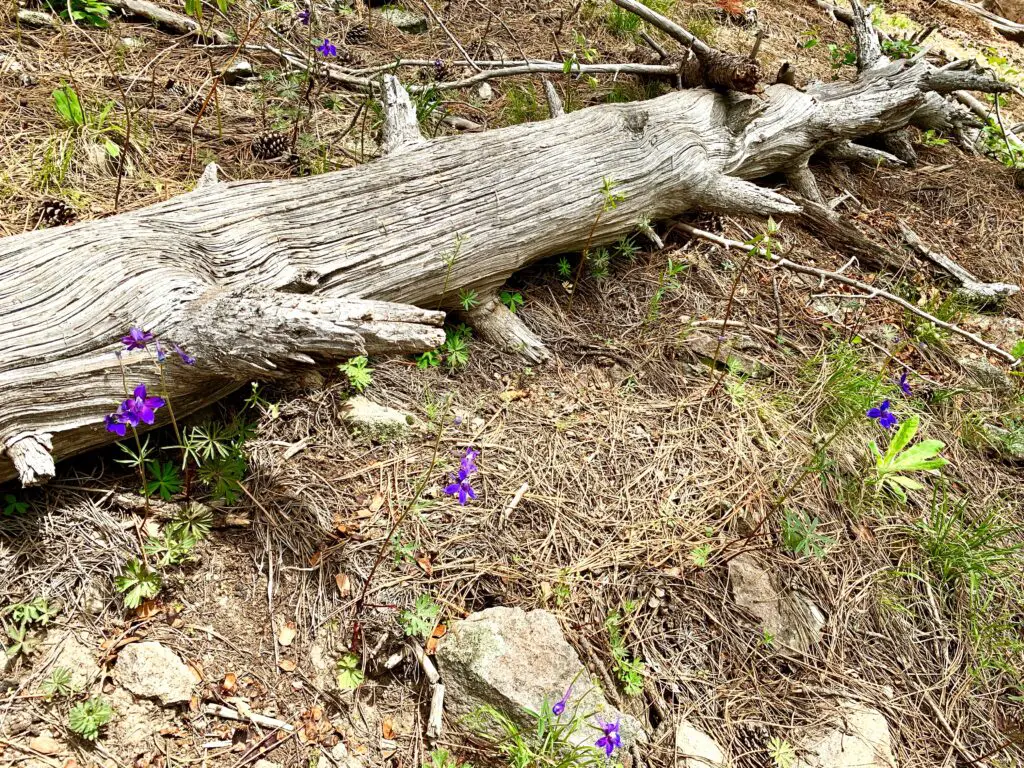
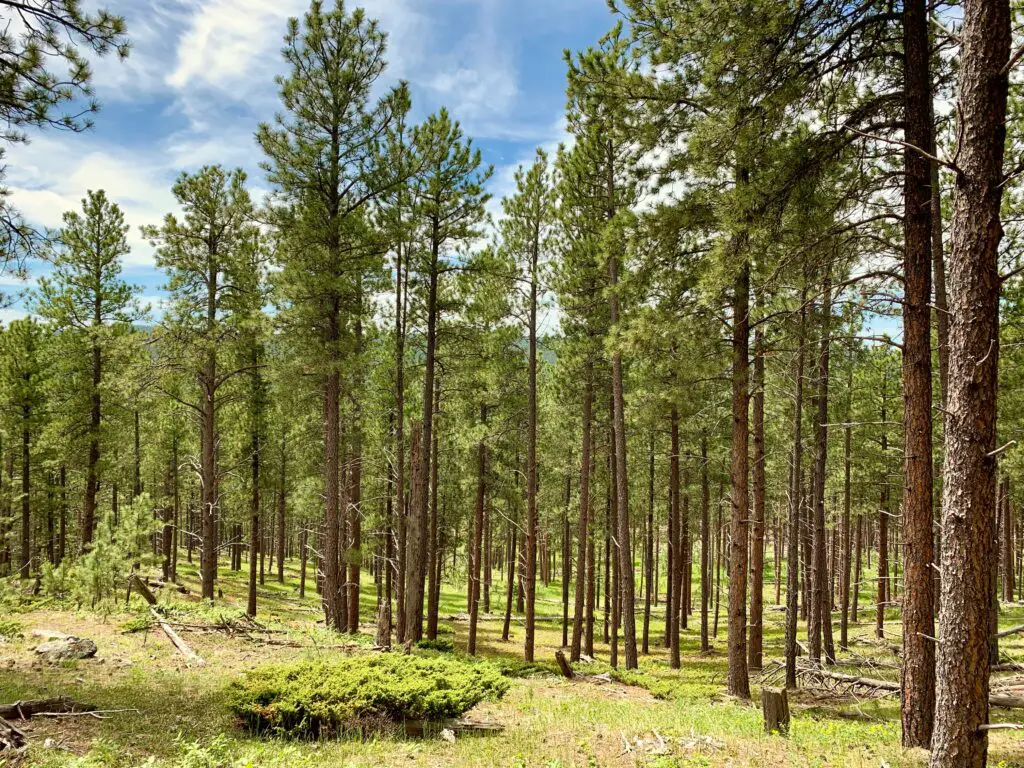
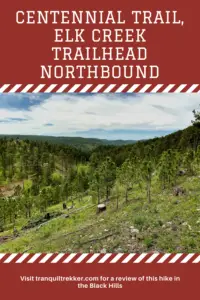
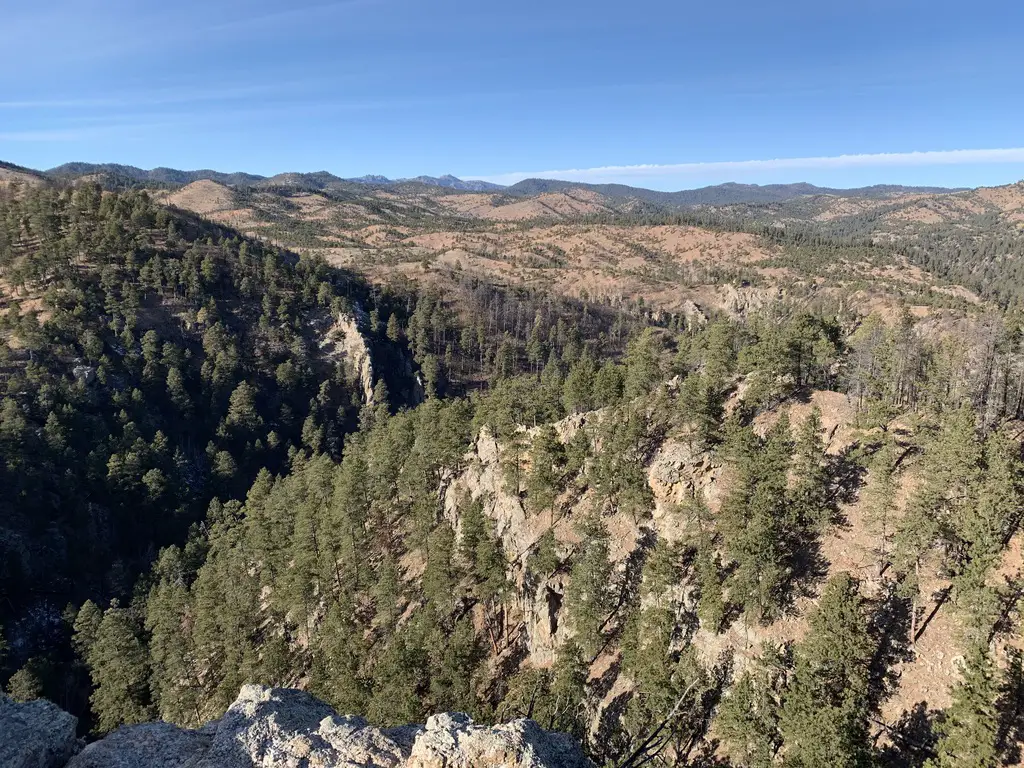
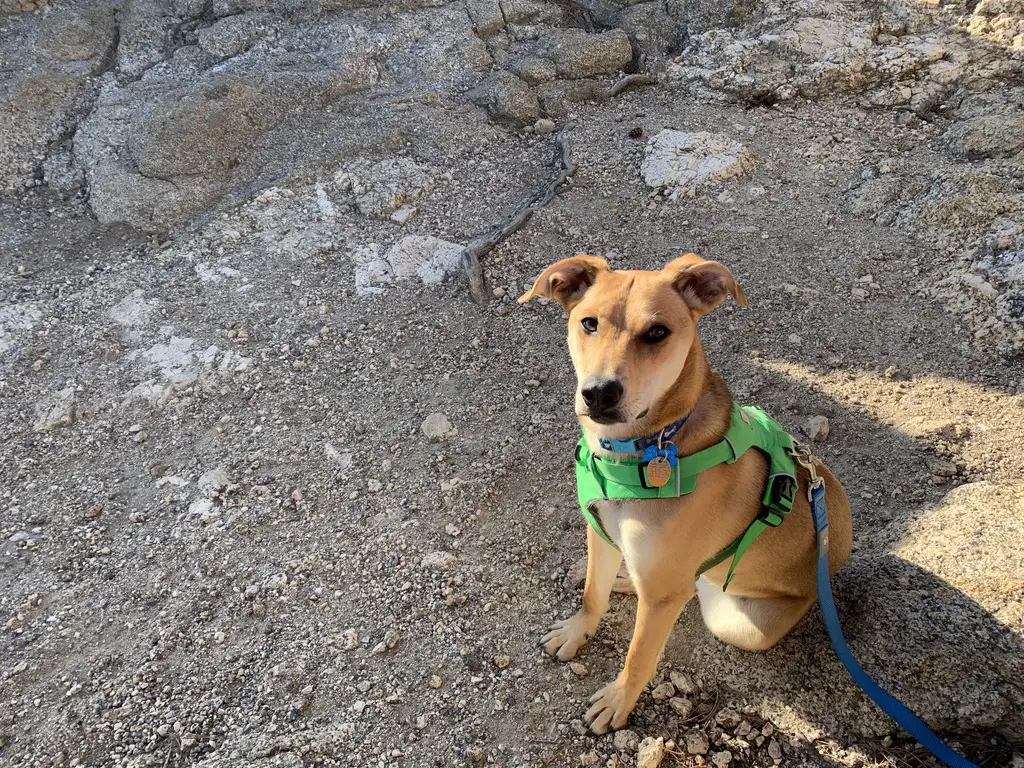
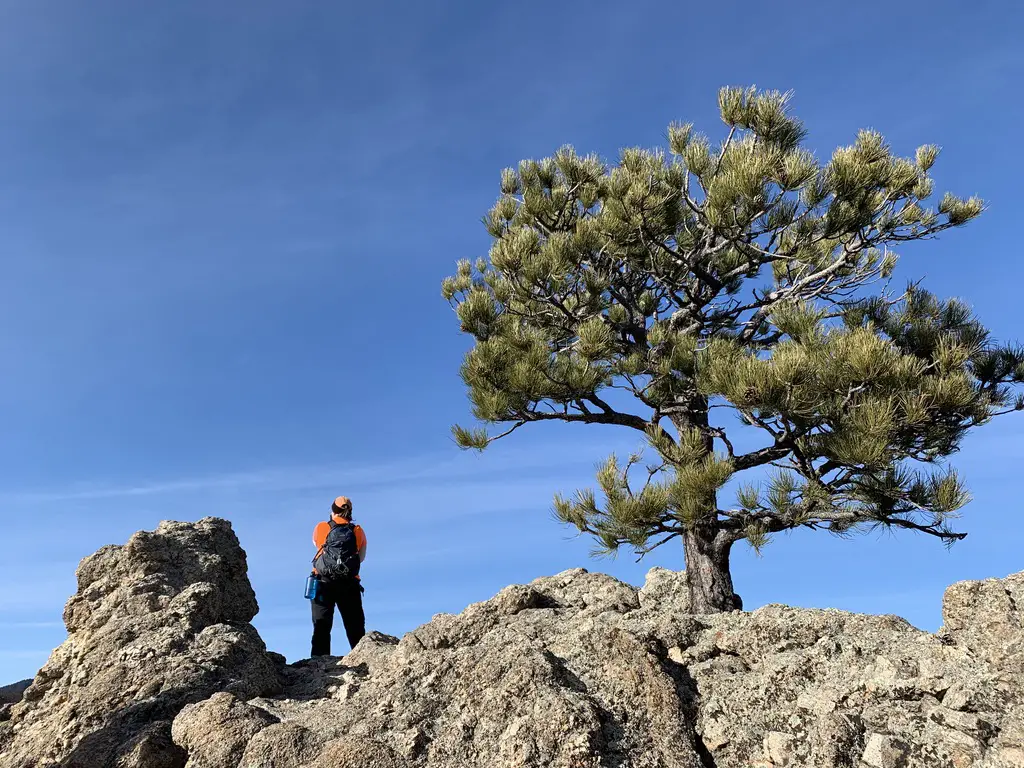
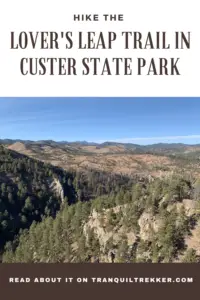
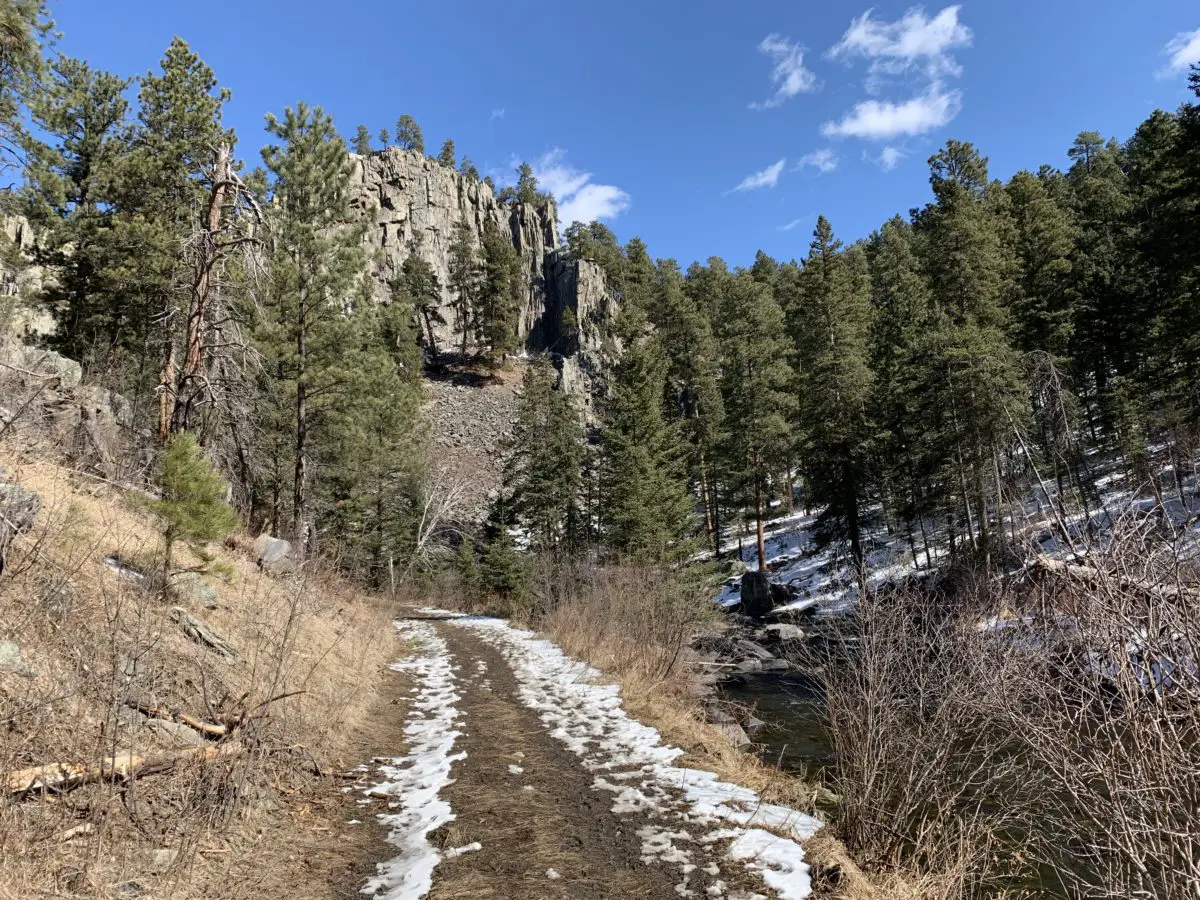
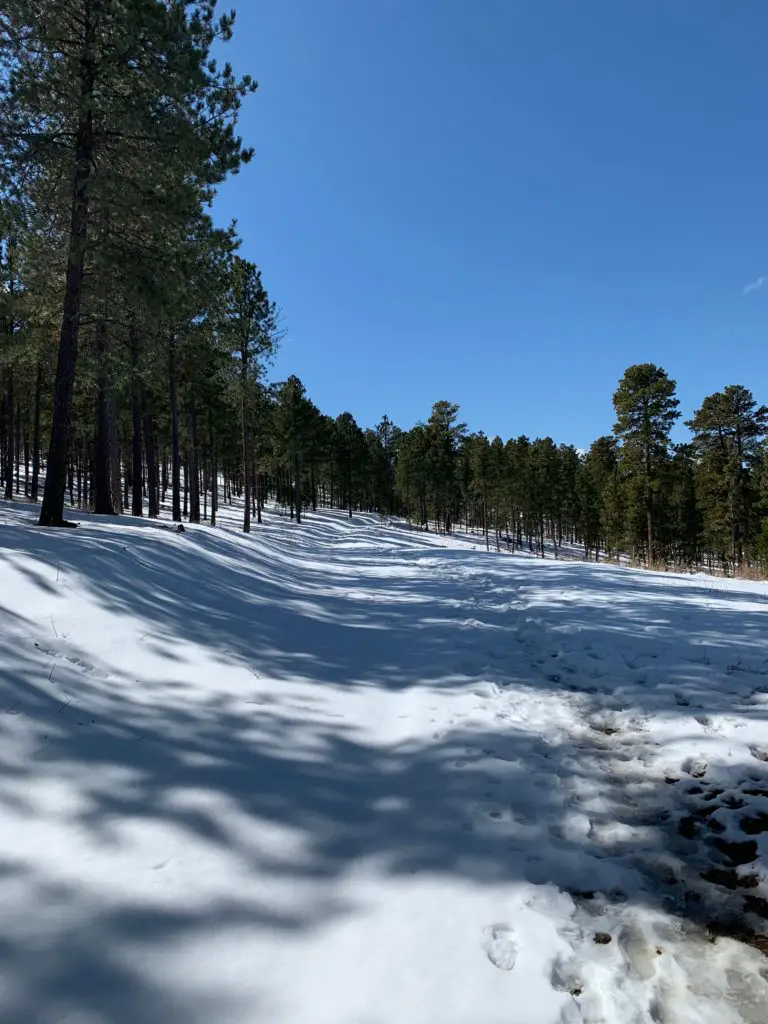
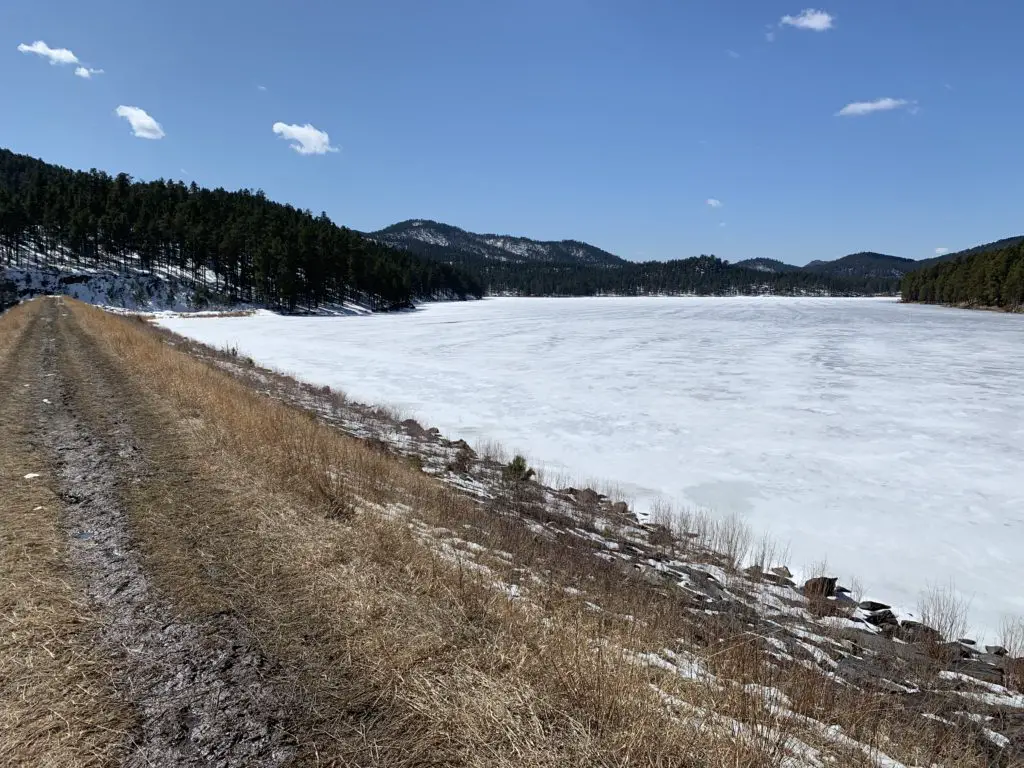
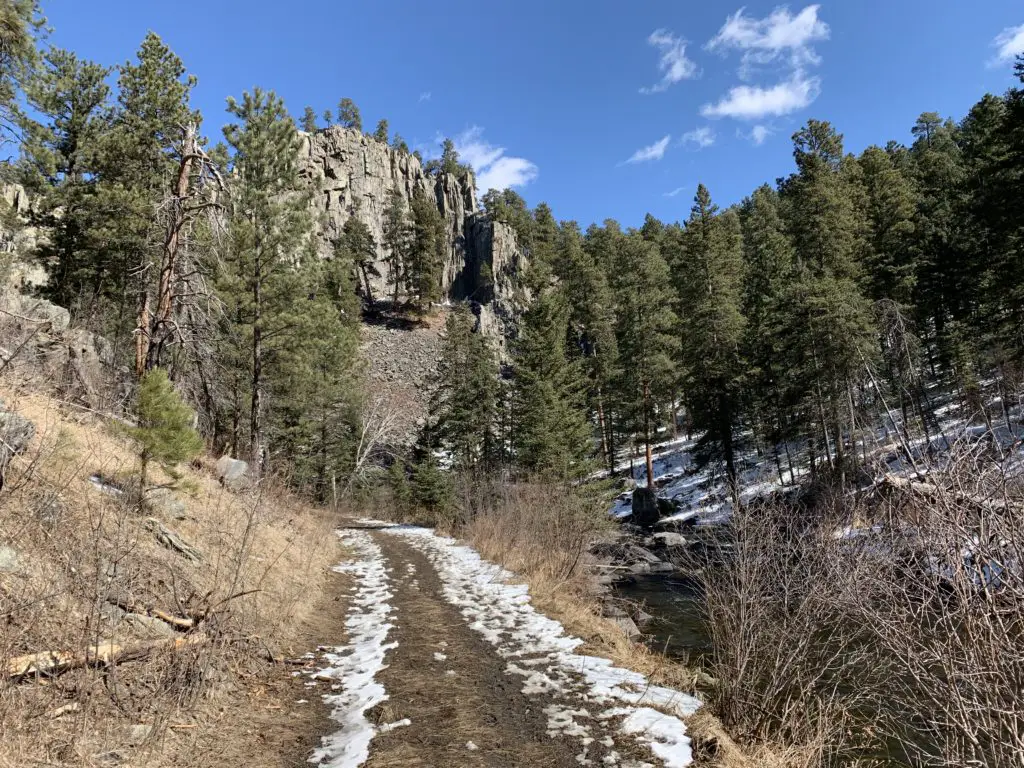
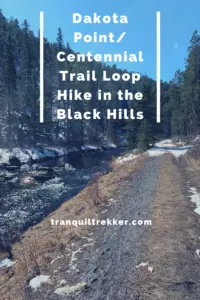
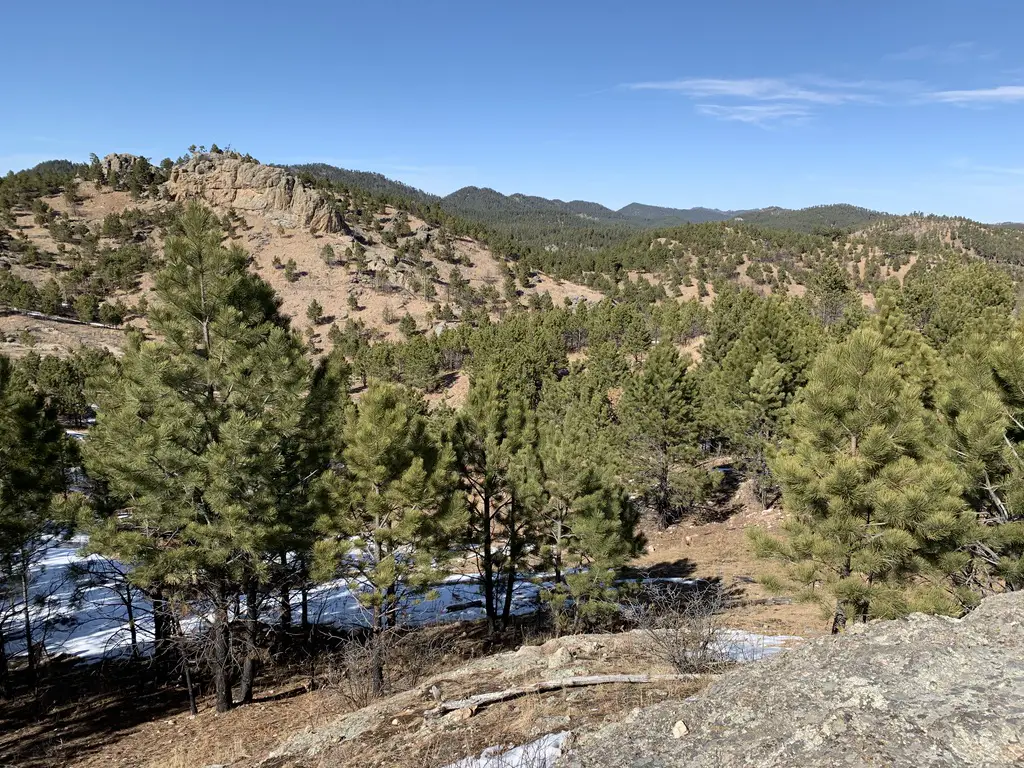
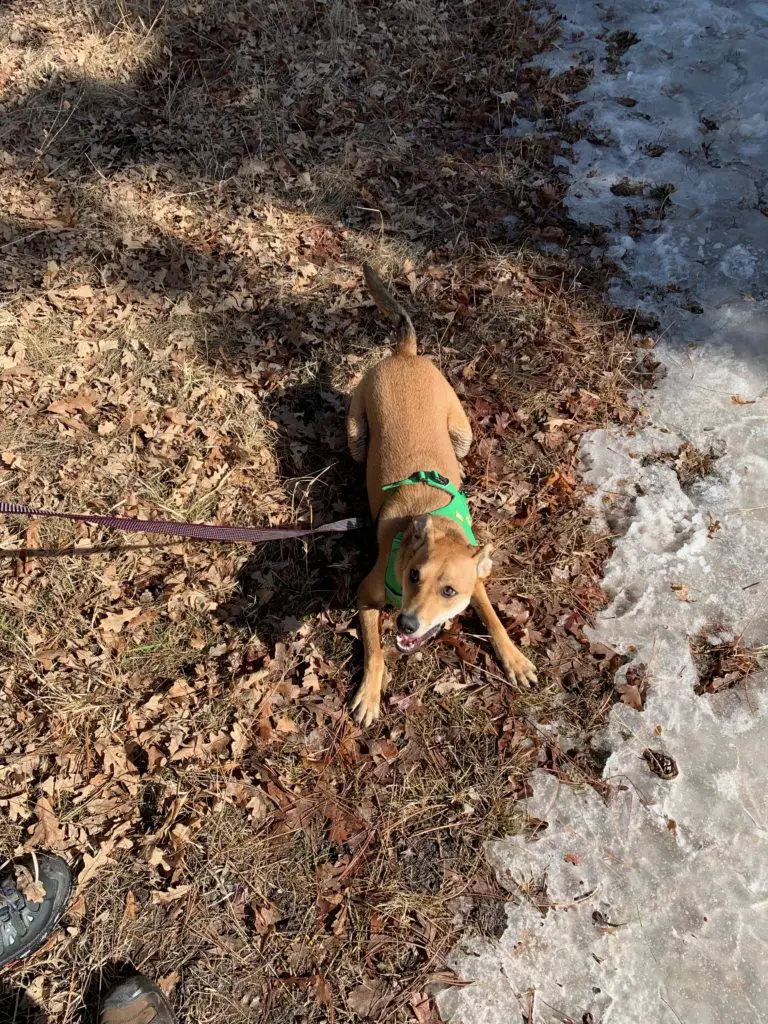
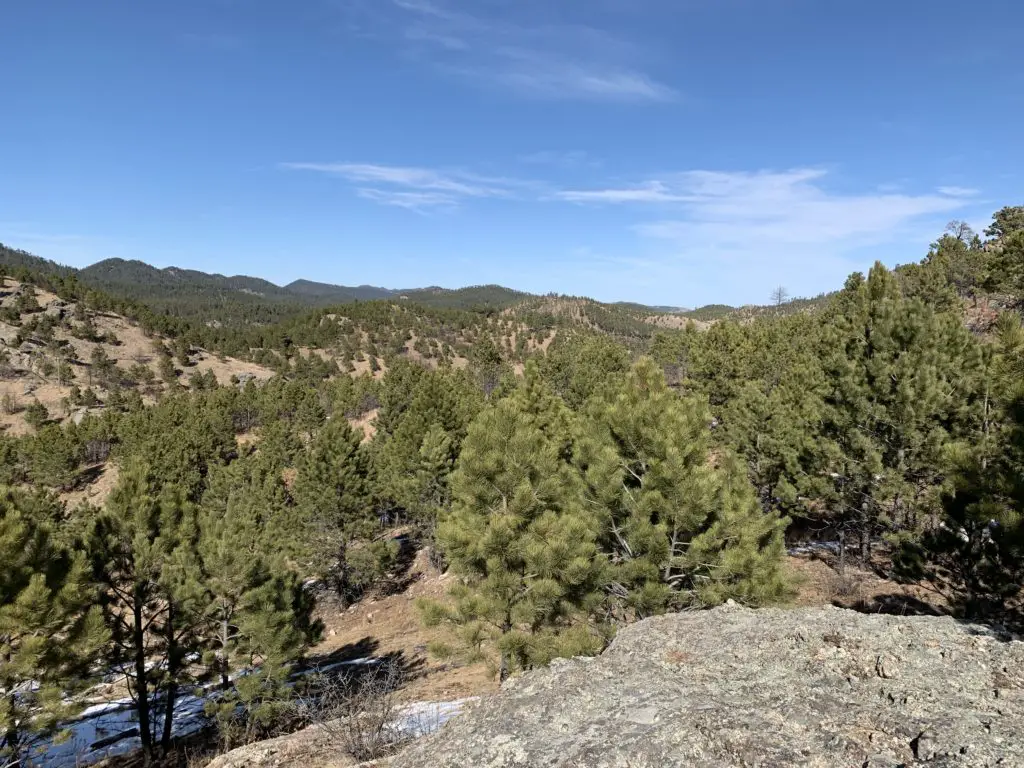
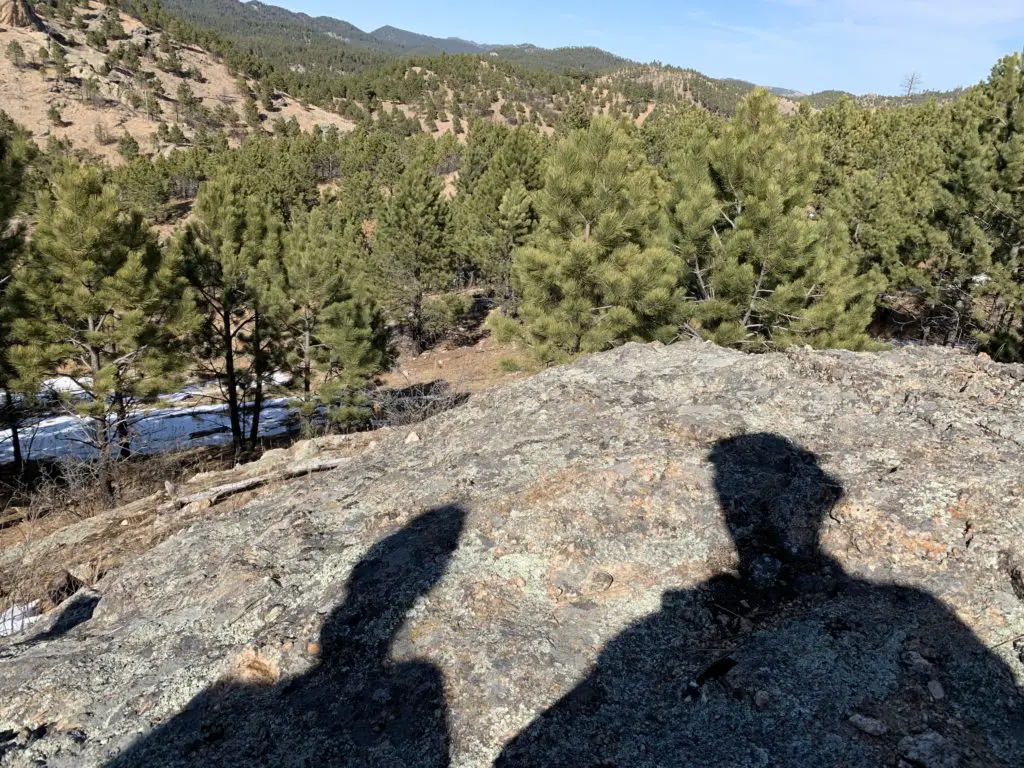
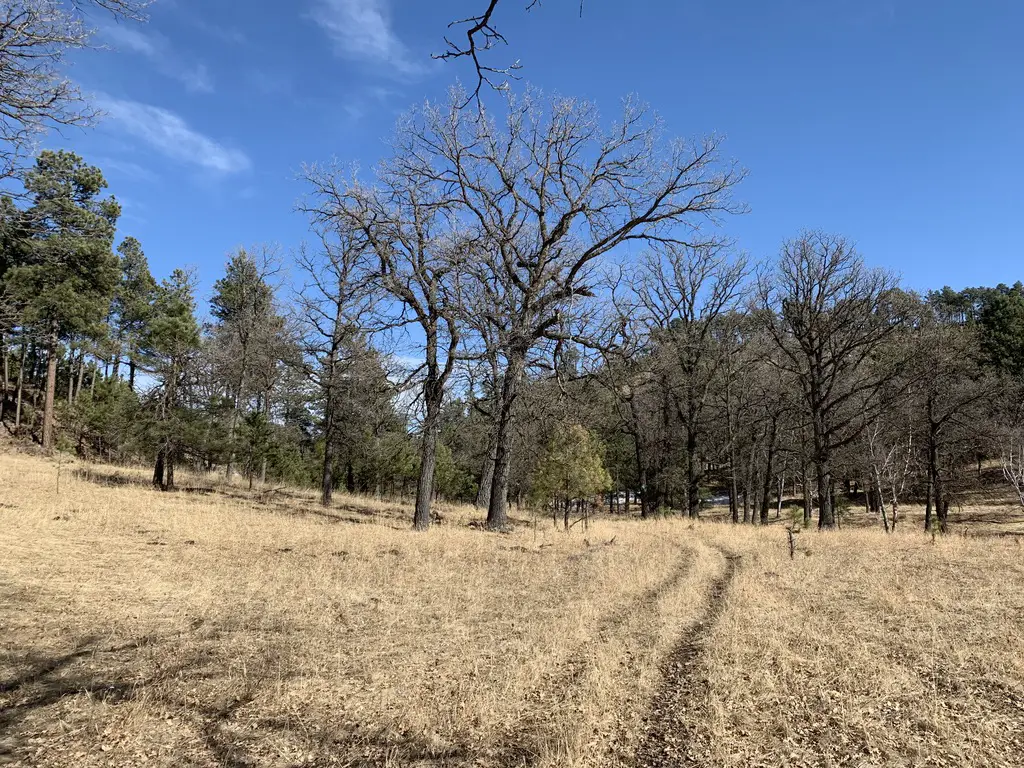
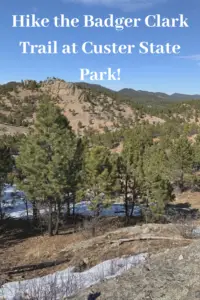
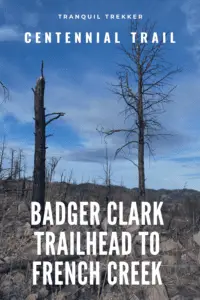
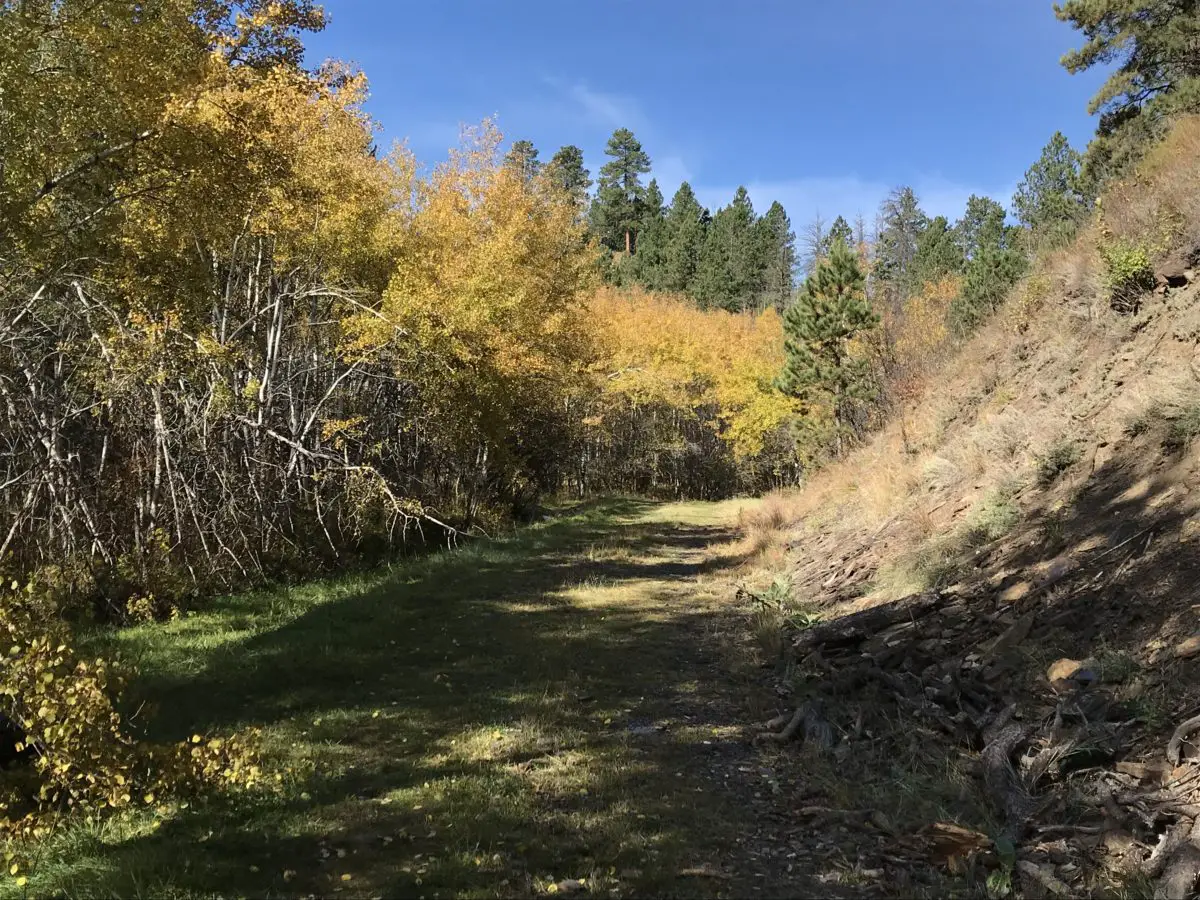


 The Deerfield Trail runs through several canyons that are similar to those found on
The Deerfield Trail runs through several canyons that are similar to those found on 
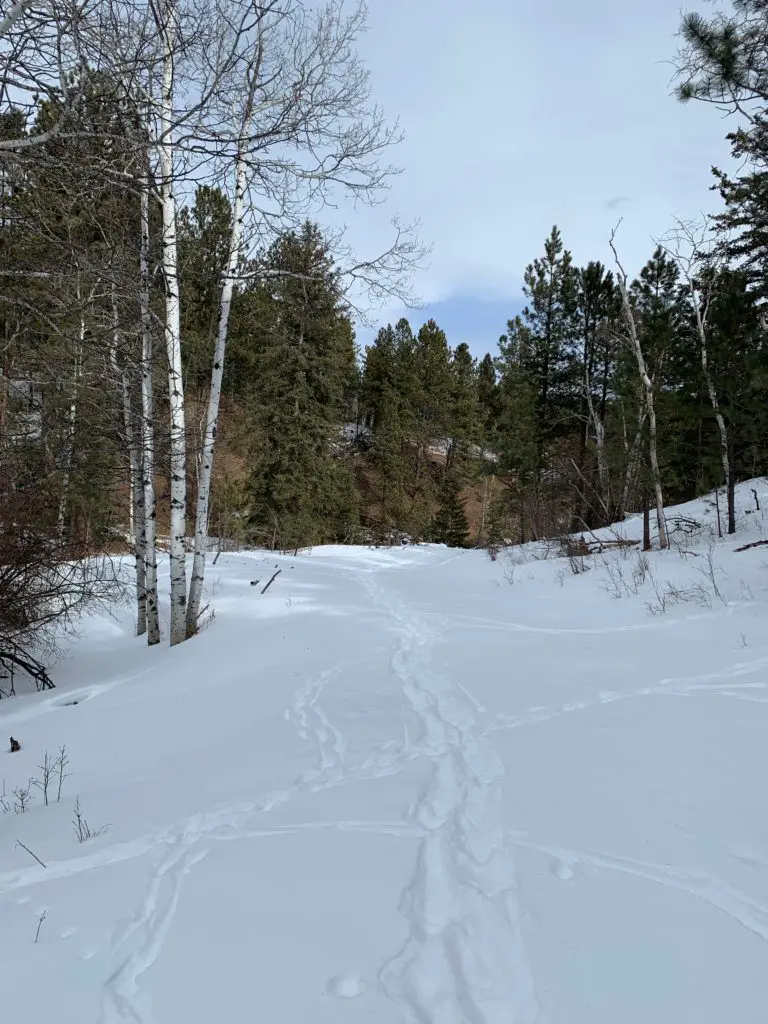
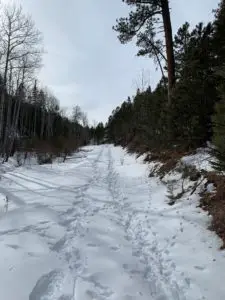

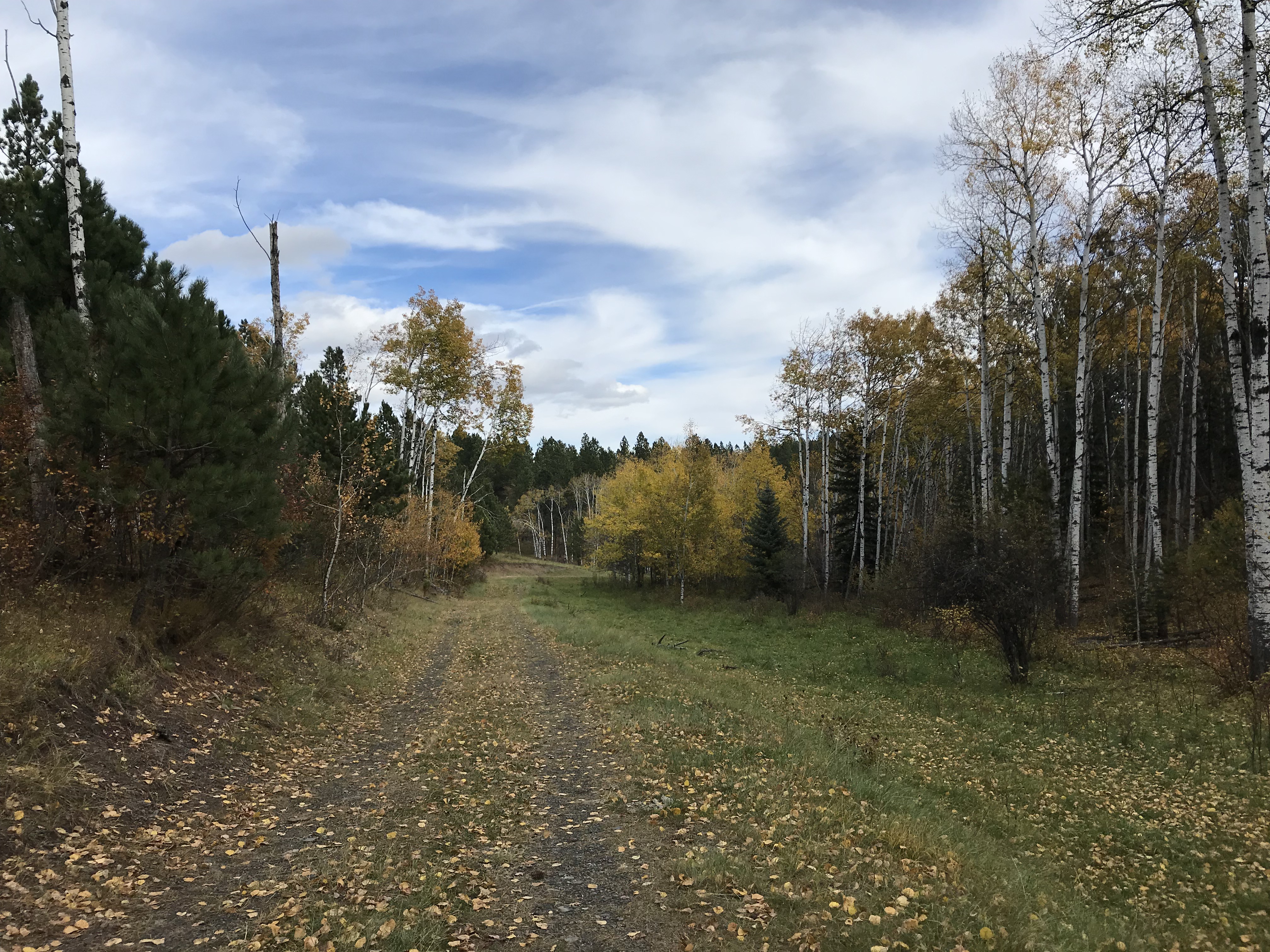
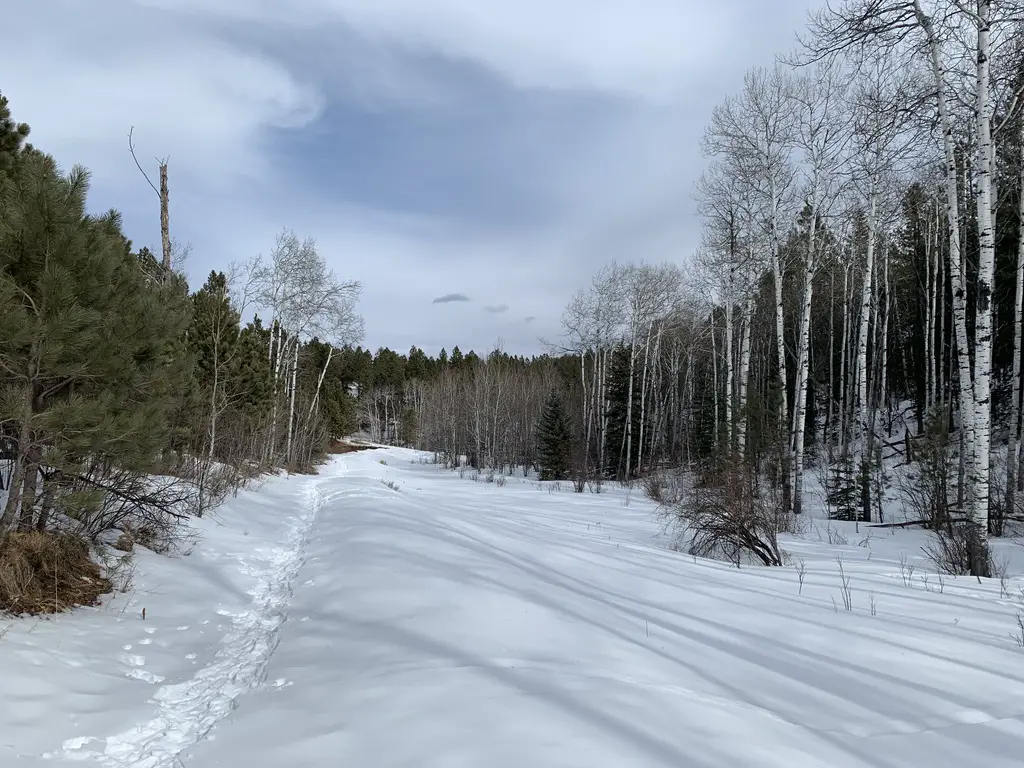
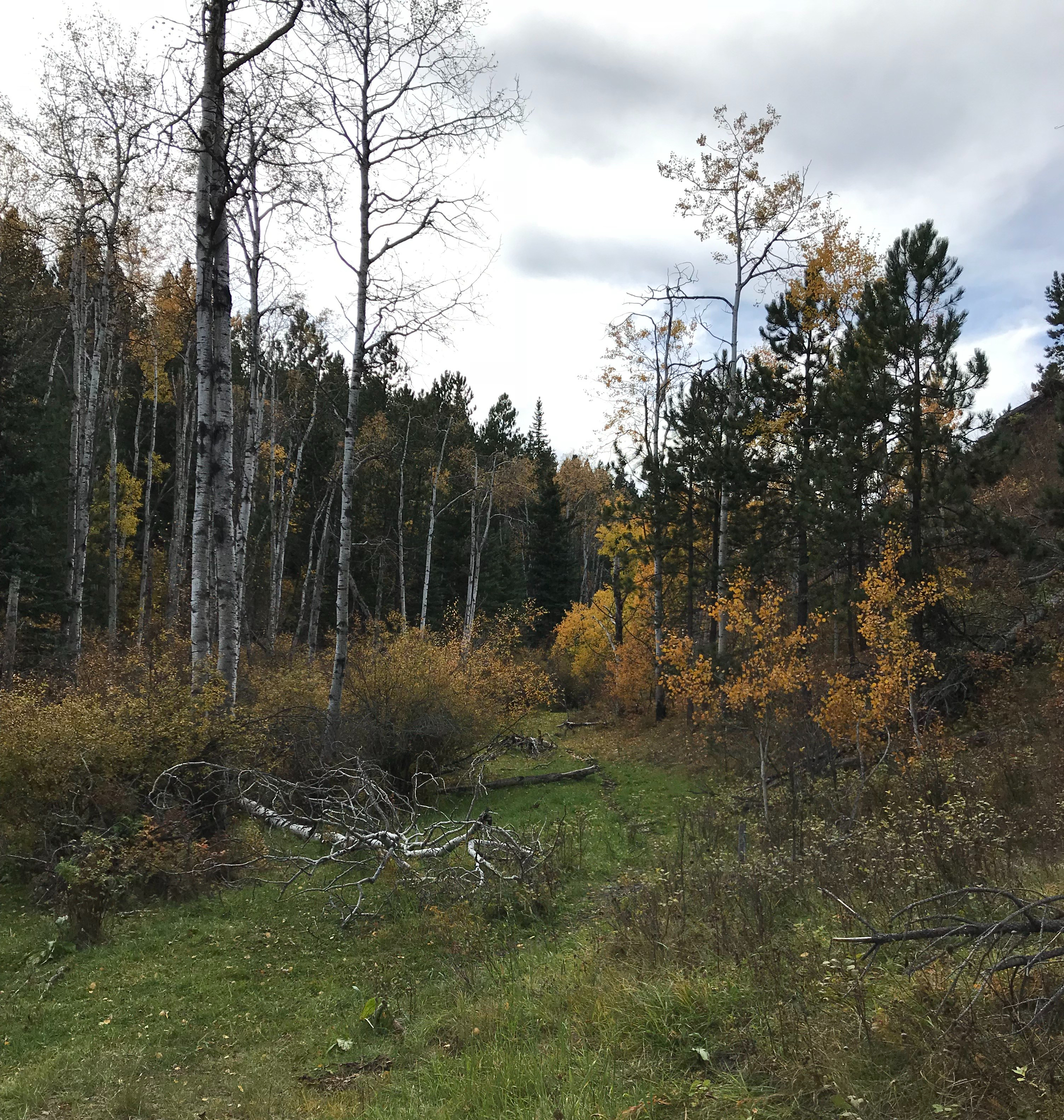
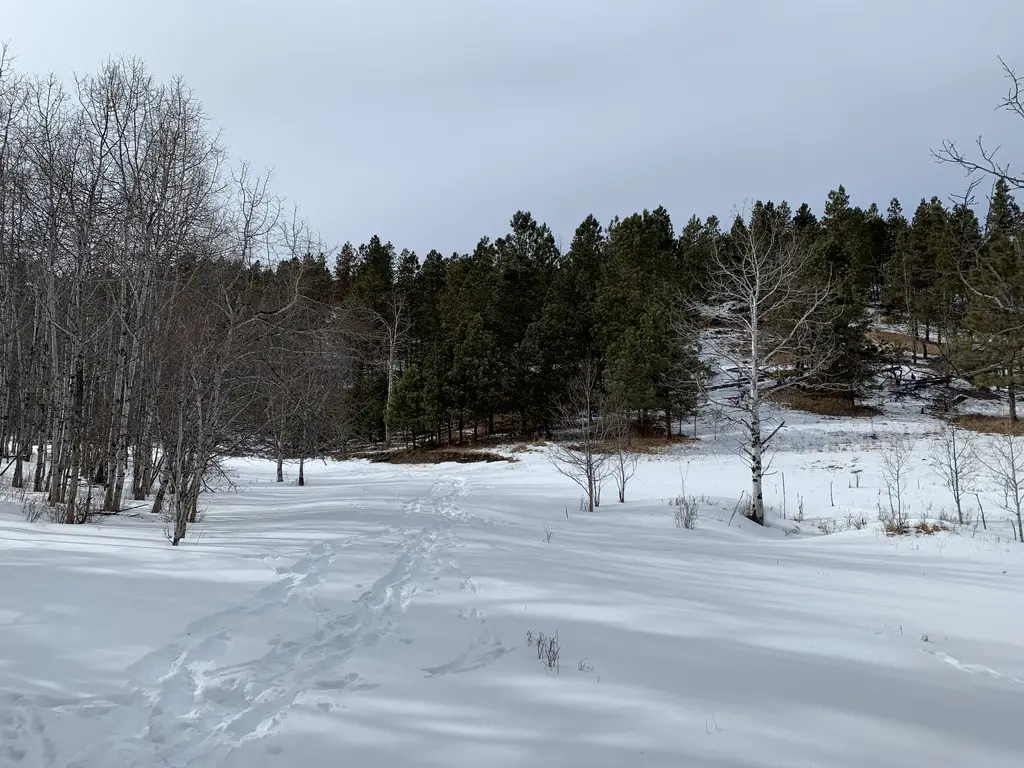
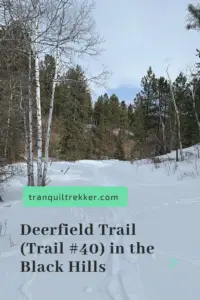
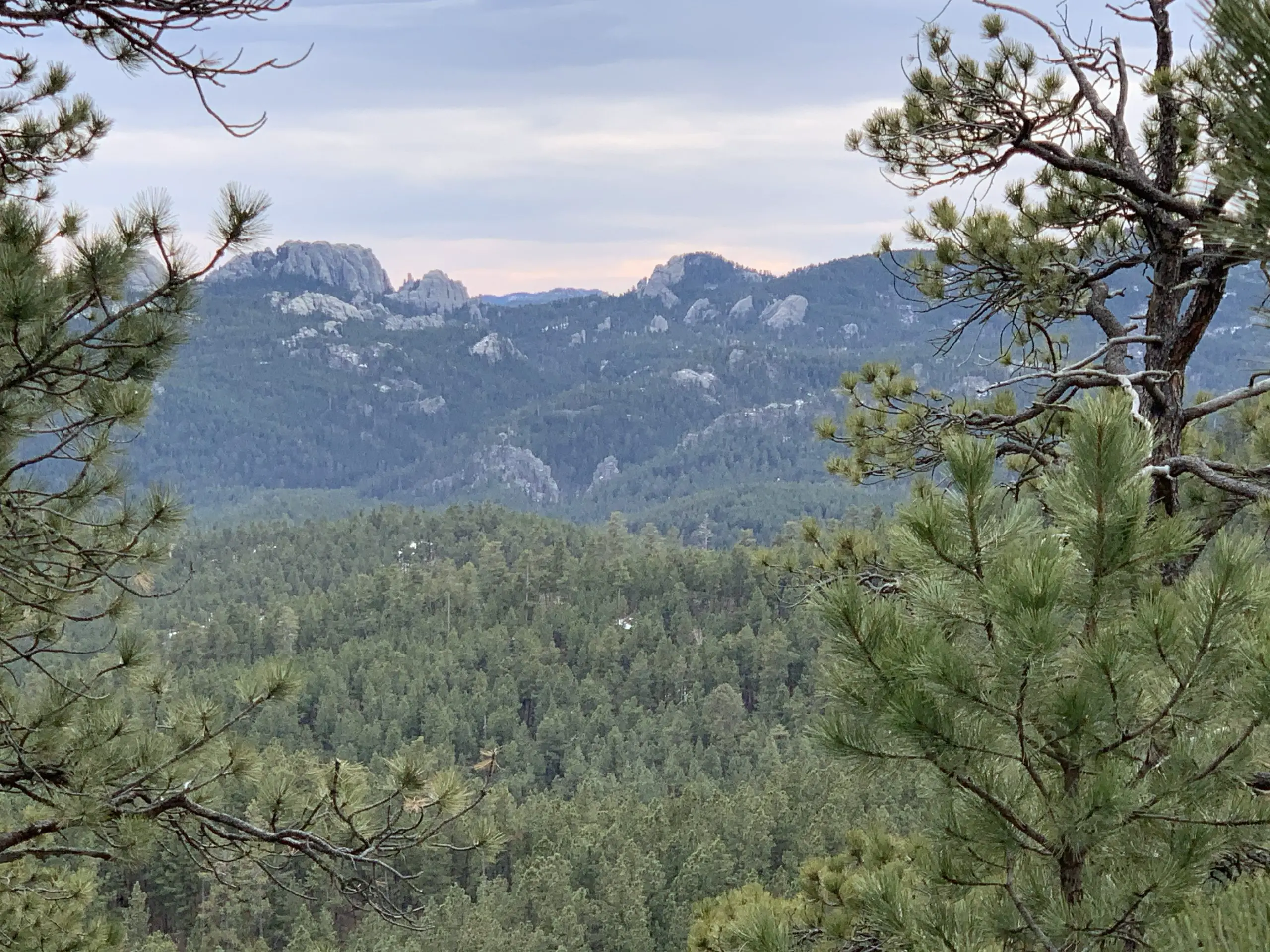
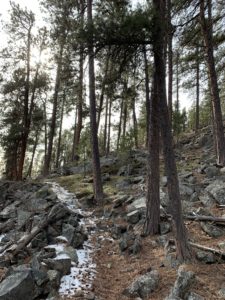
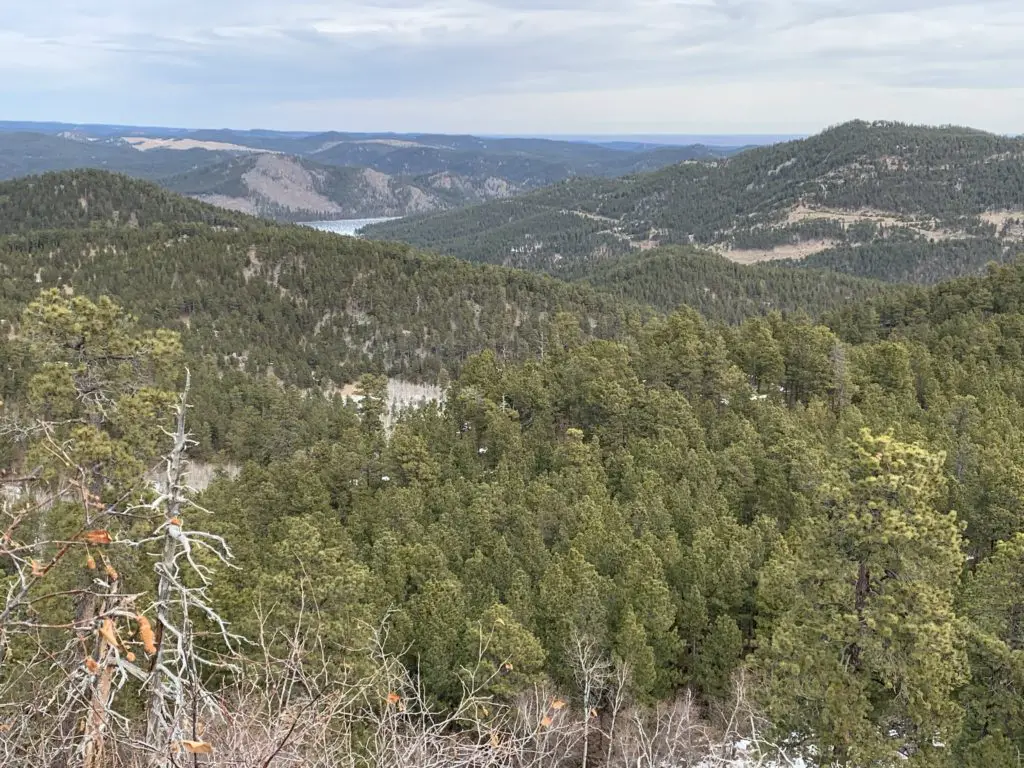
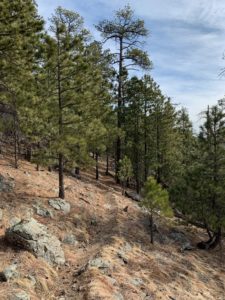 My ankle injury is another good example of why I stress that
My ankle injury is another good example of why I stress that 